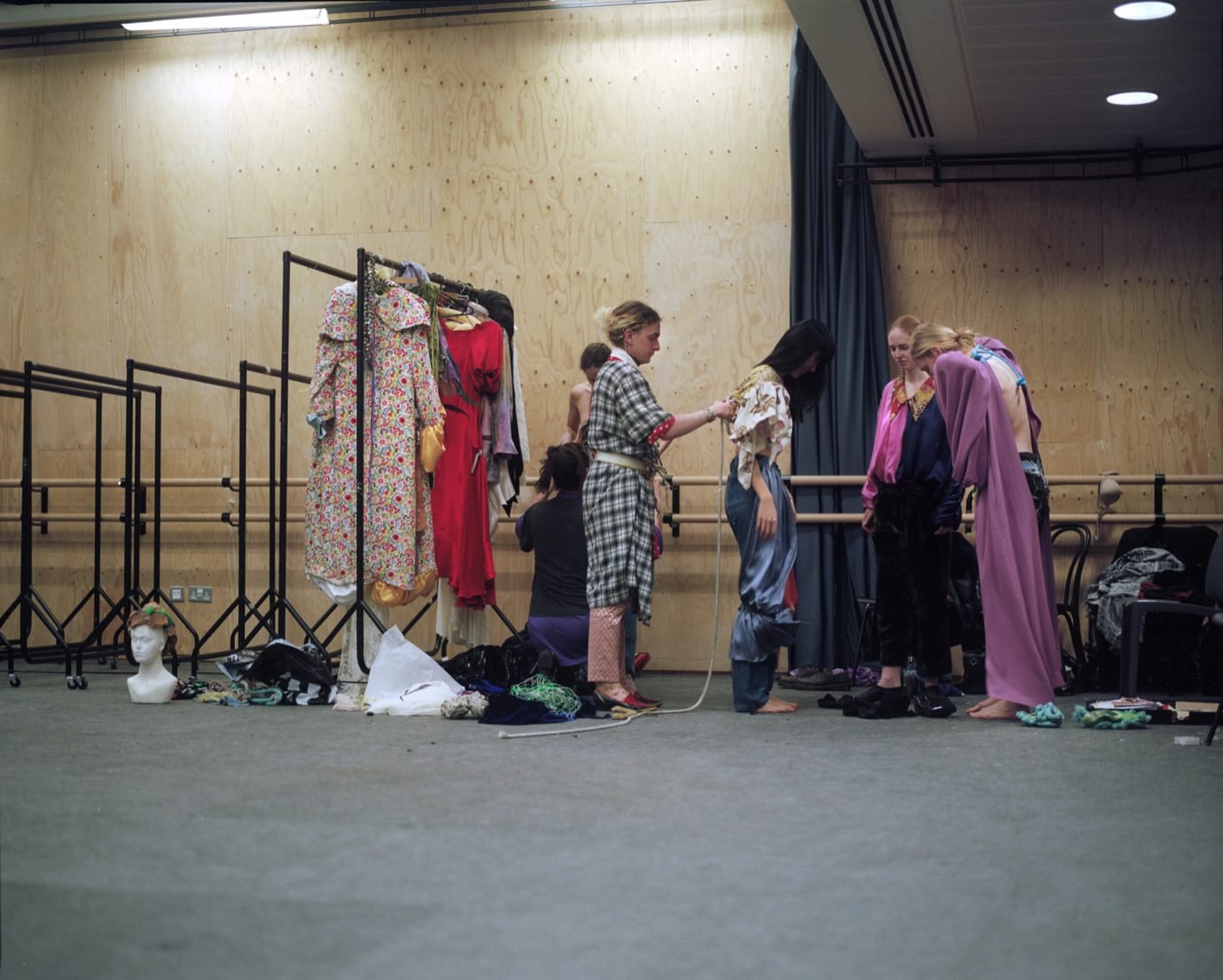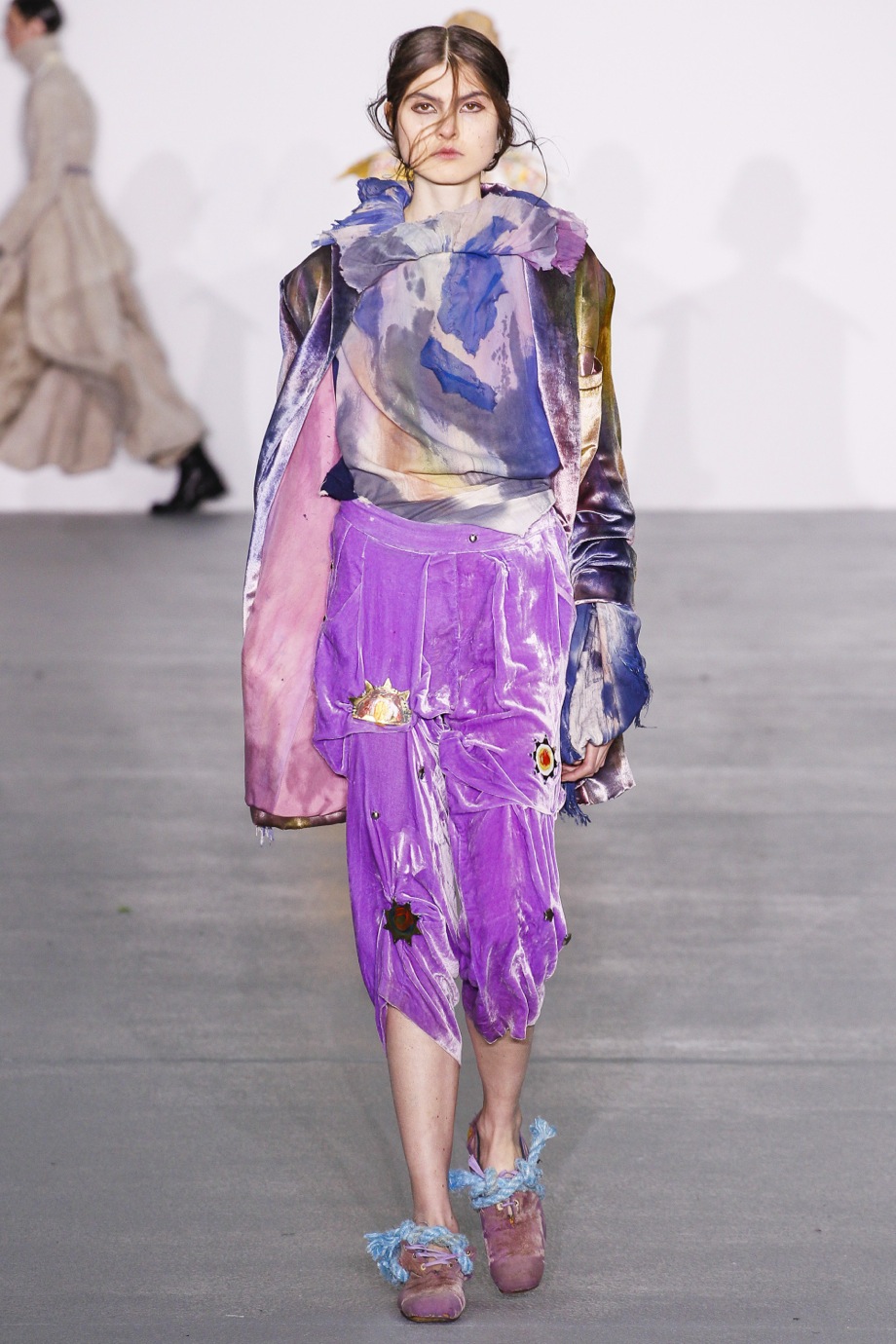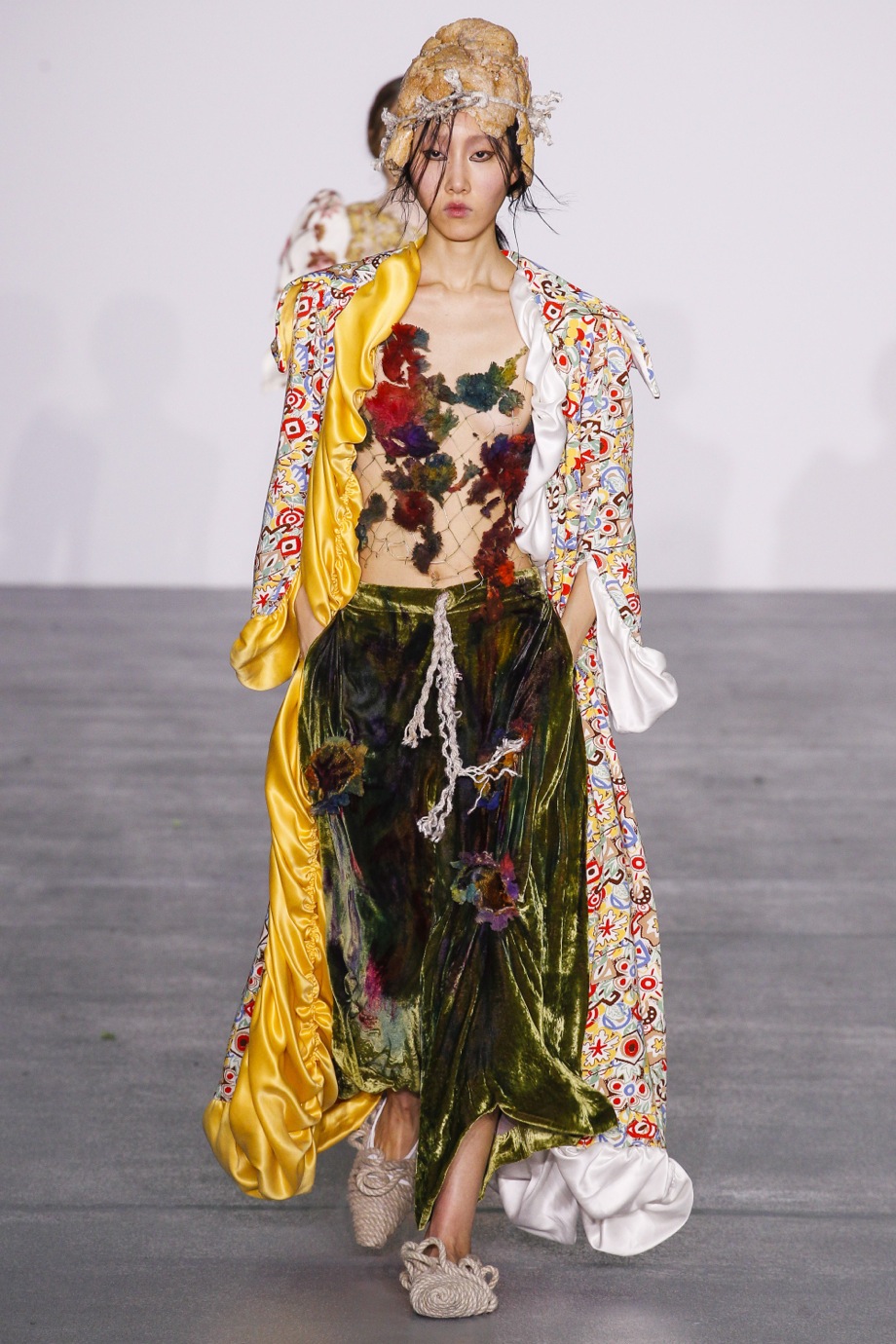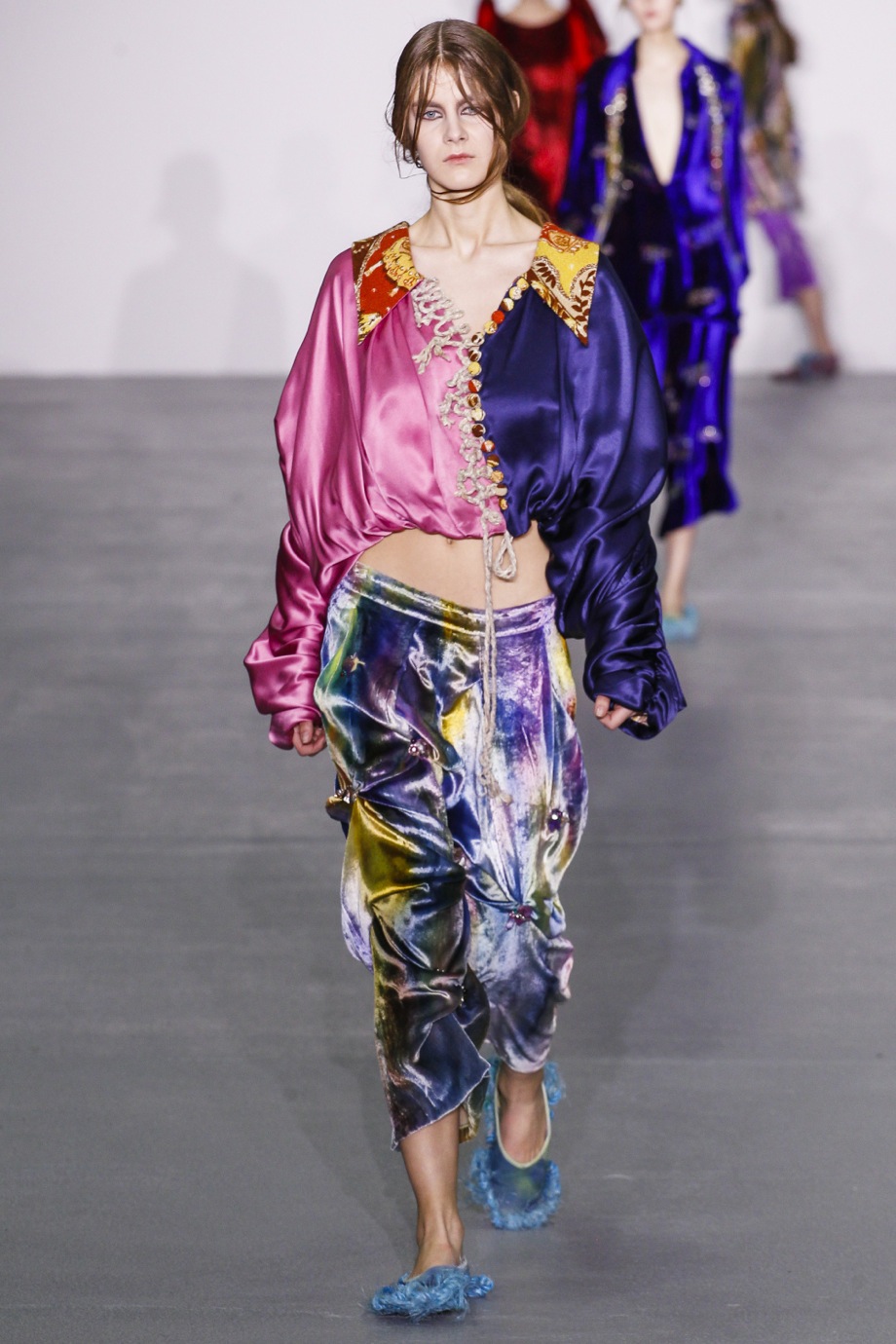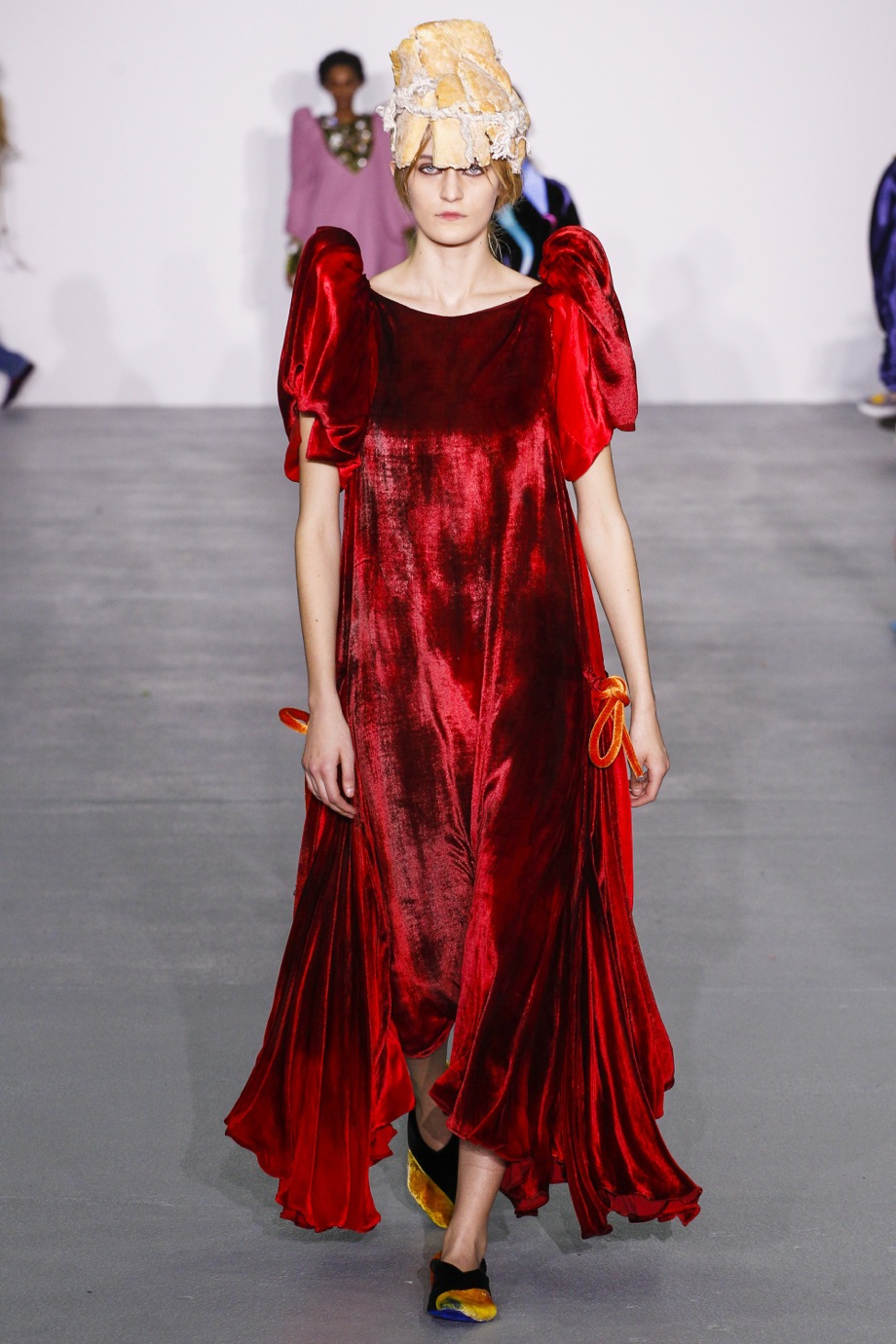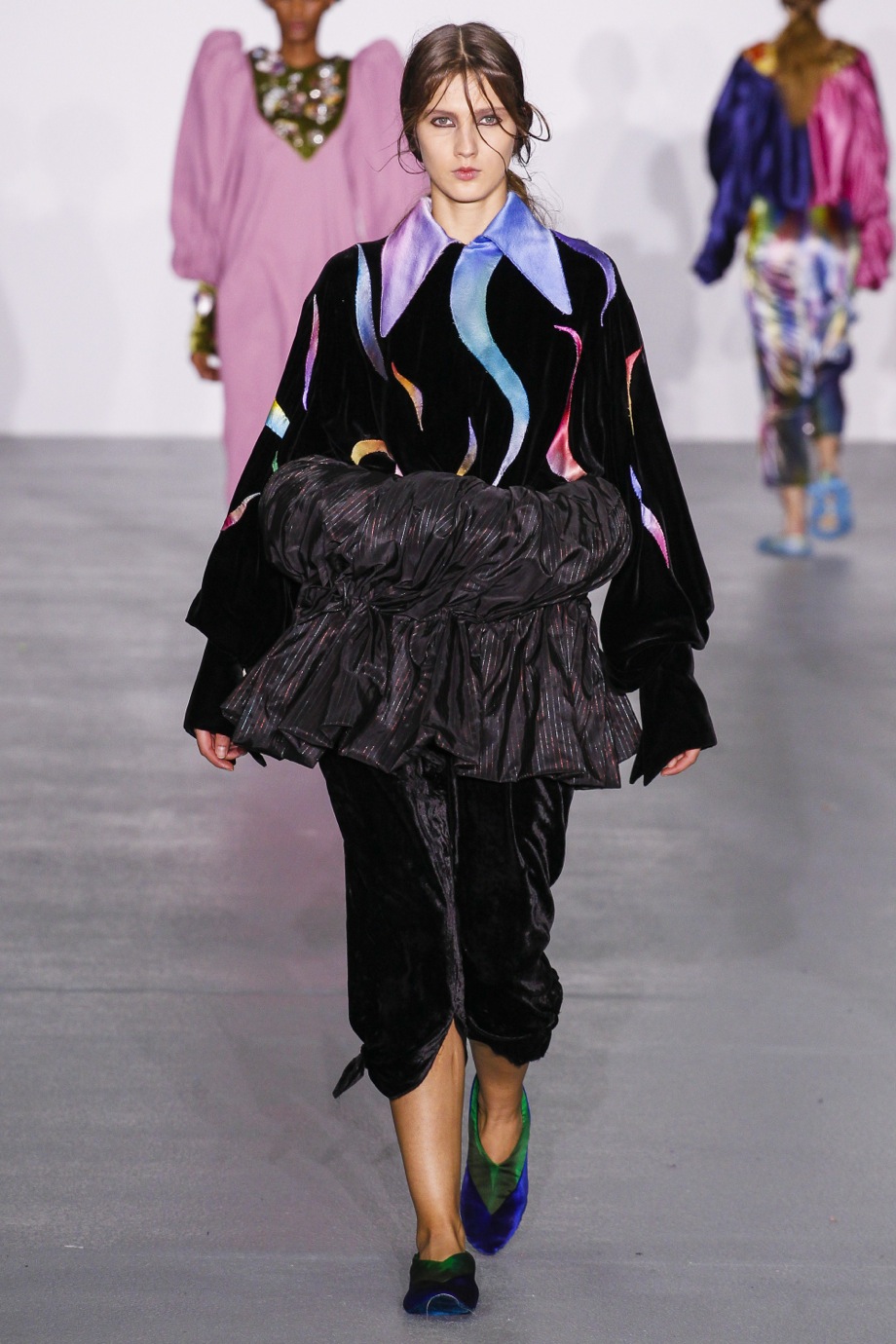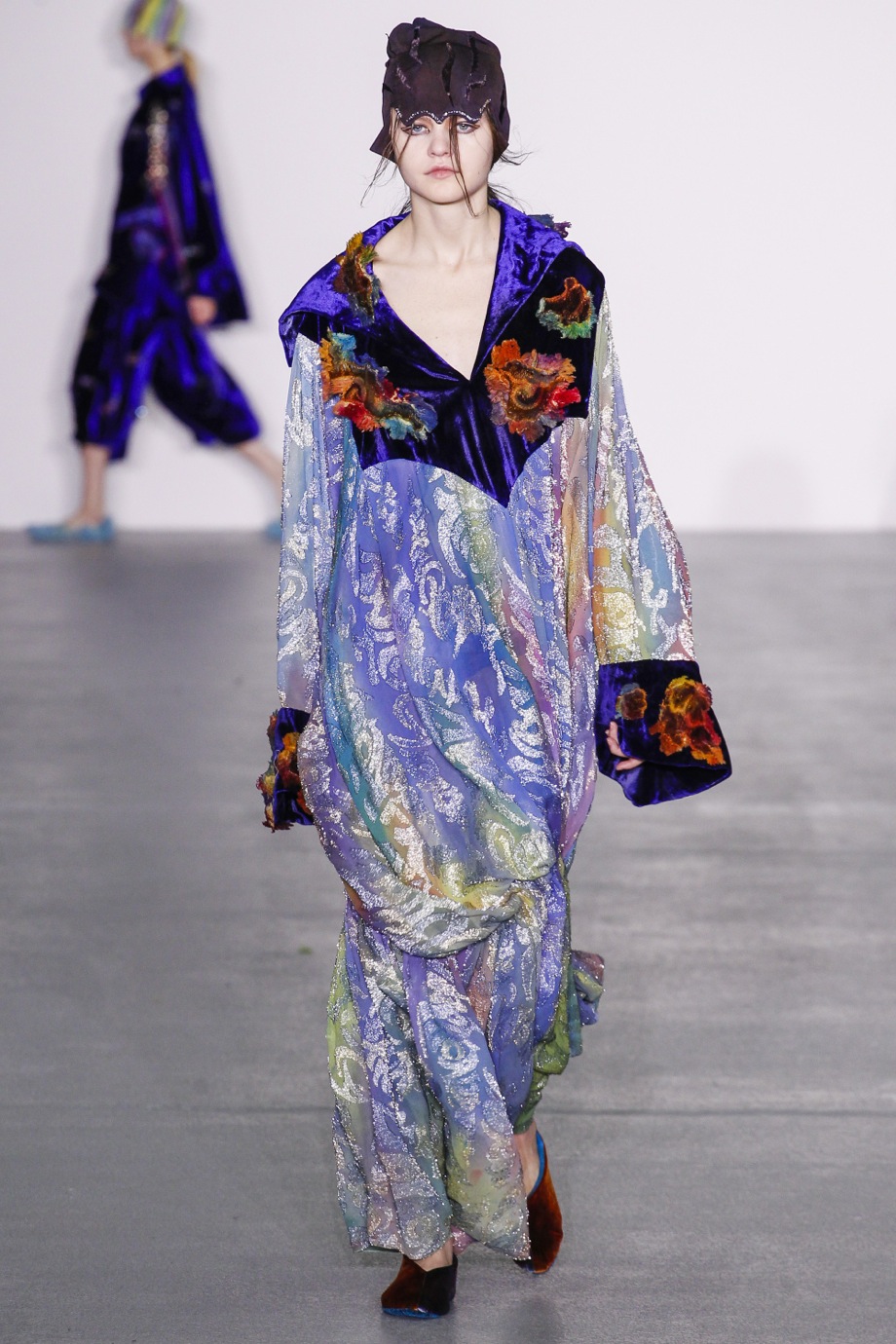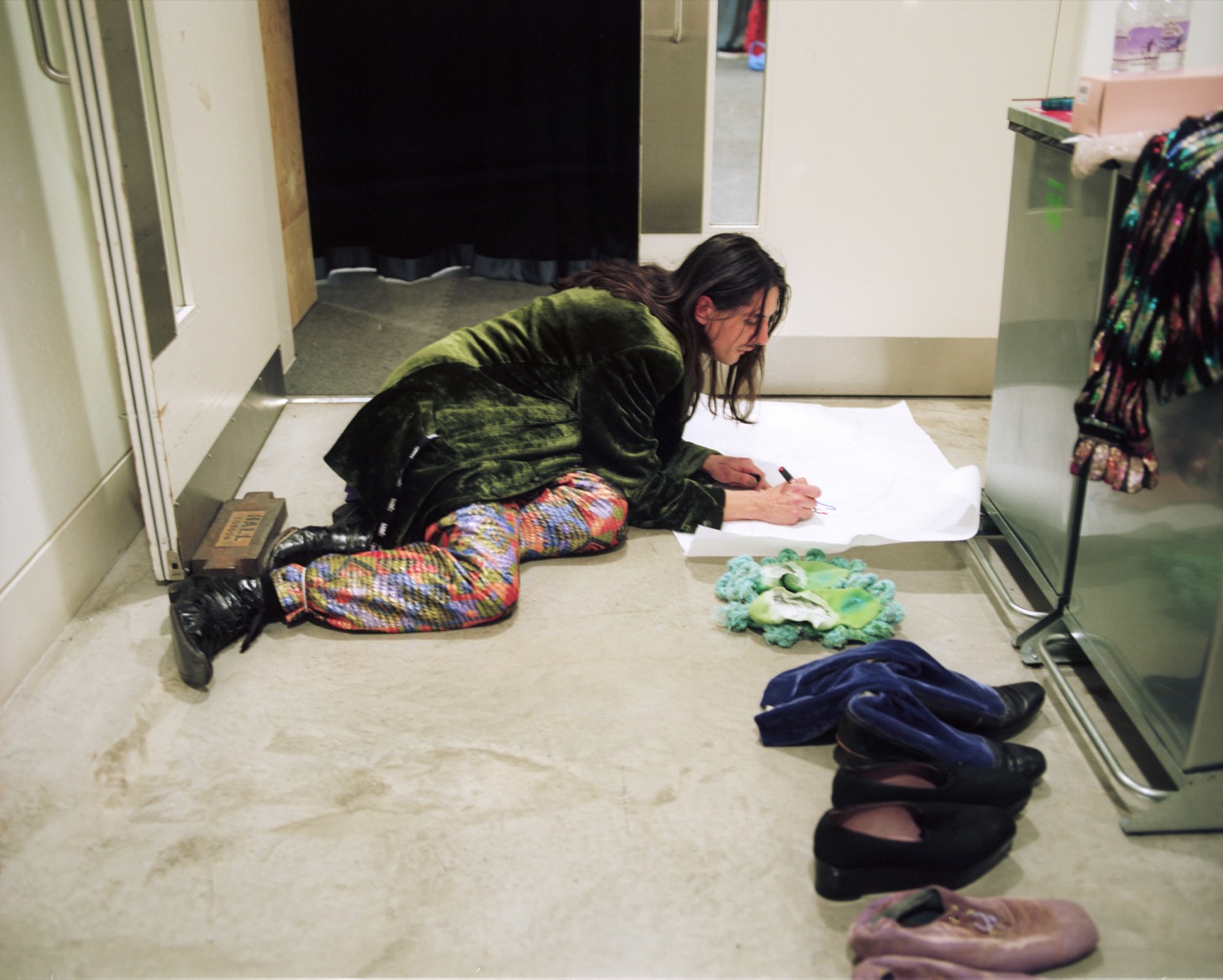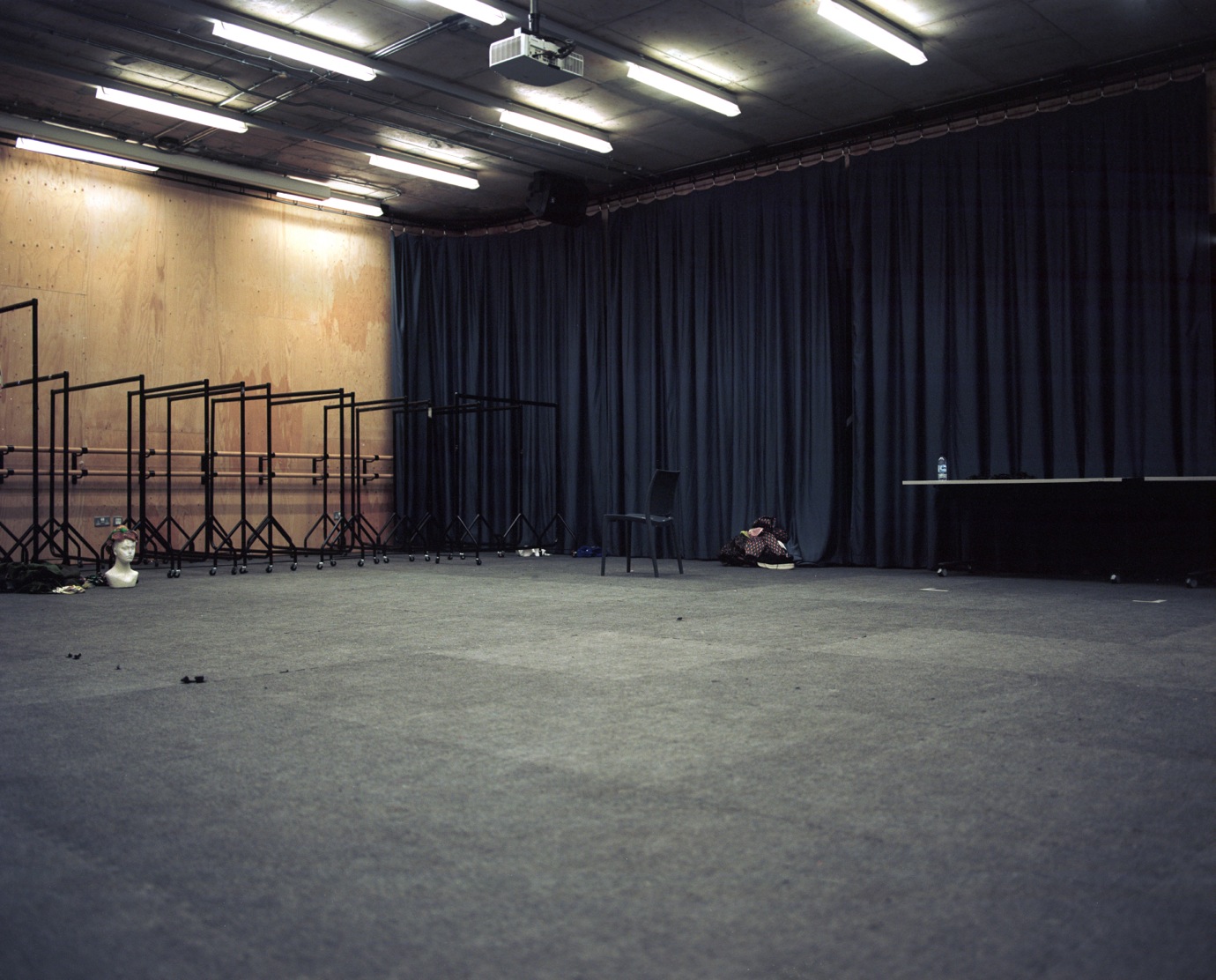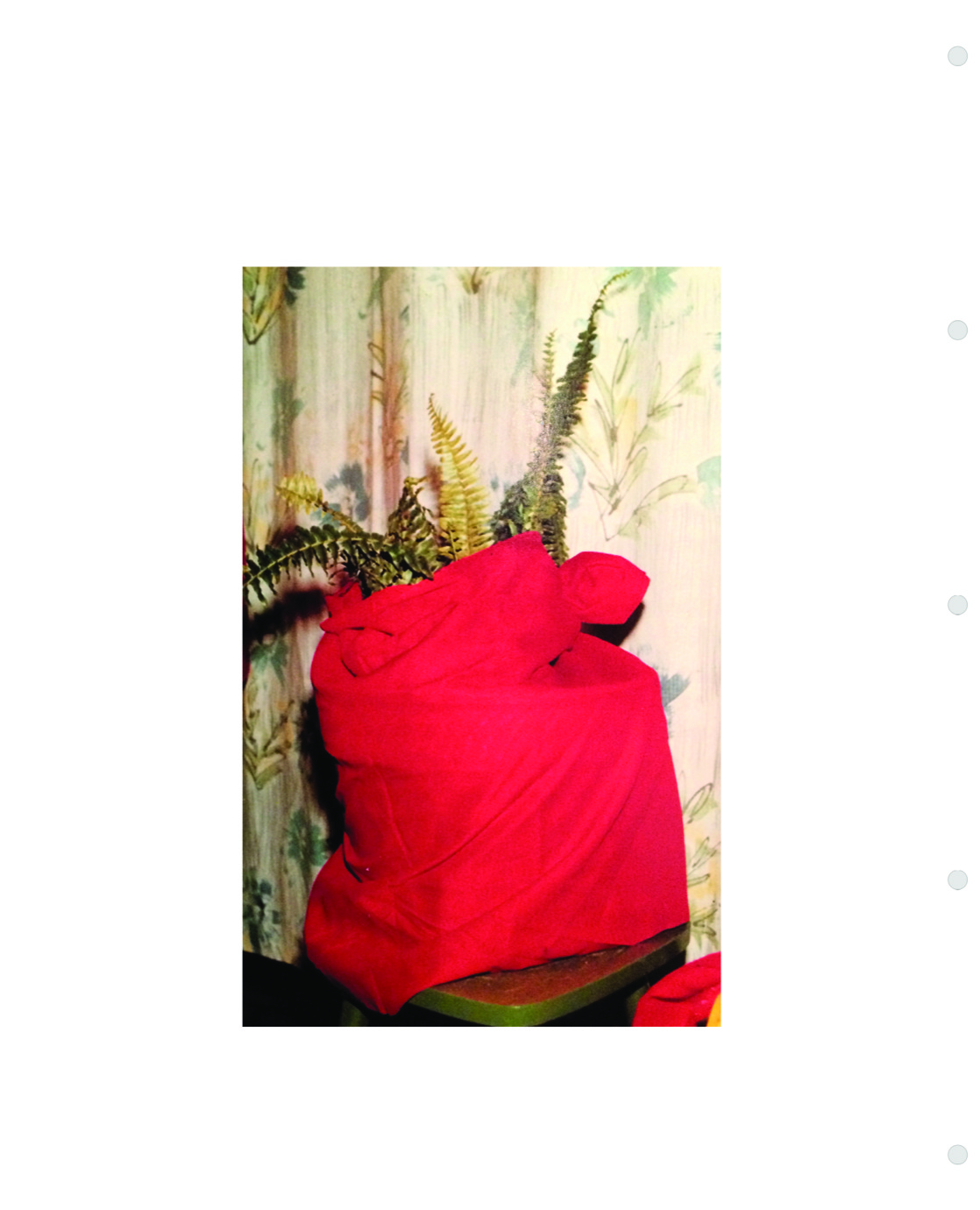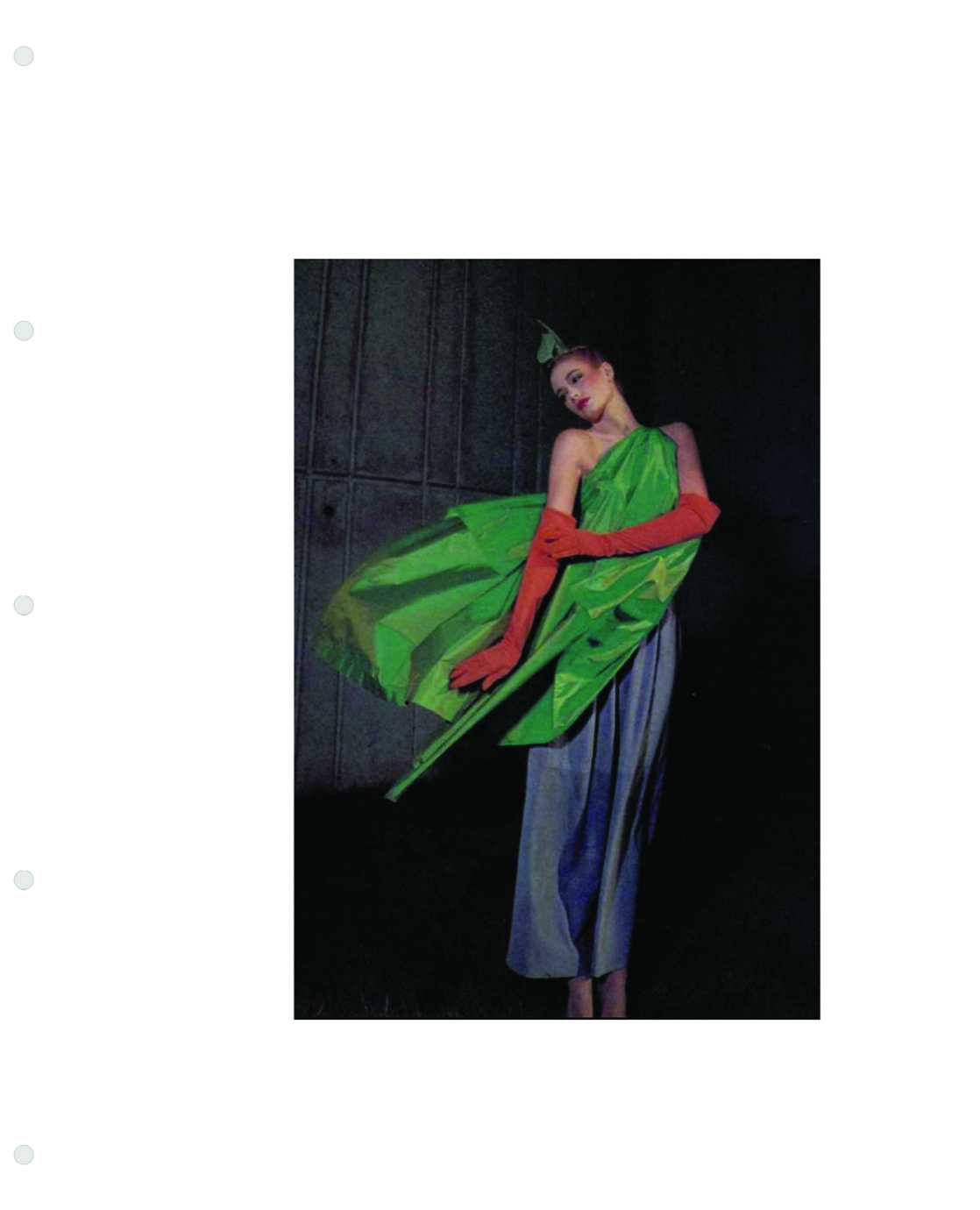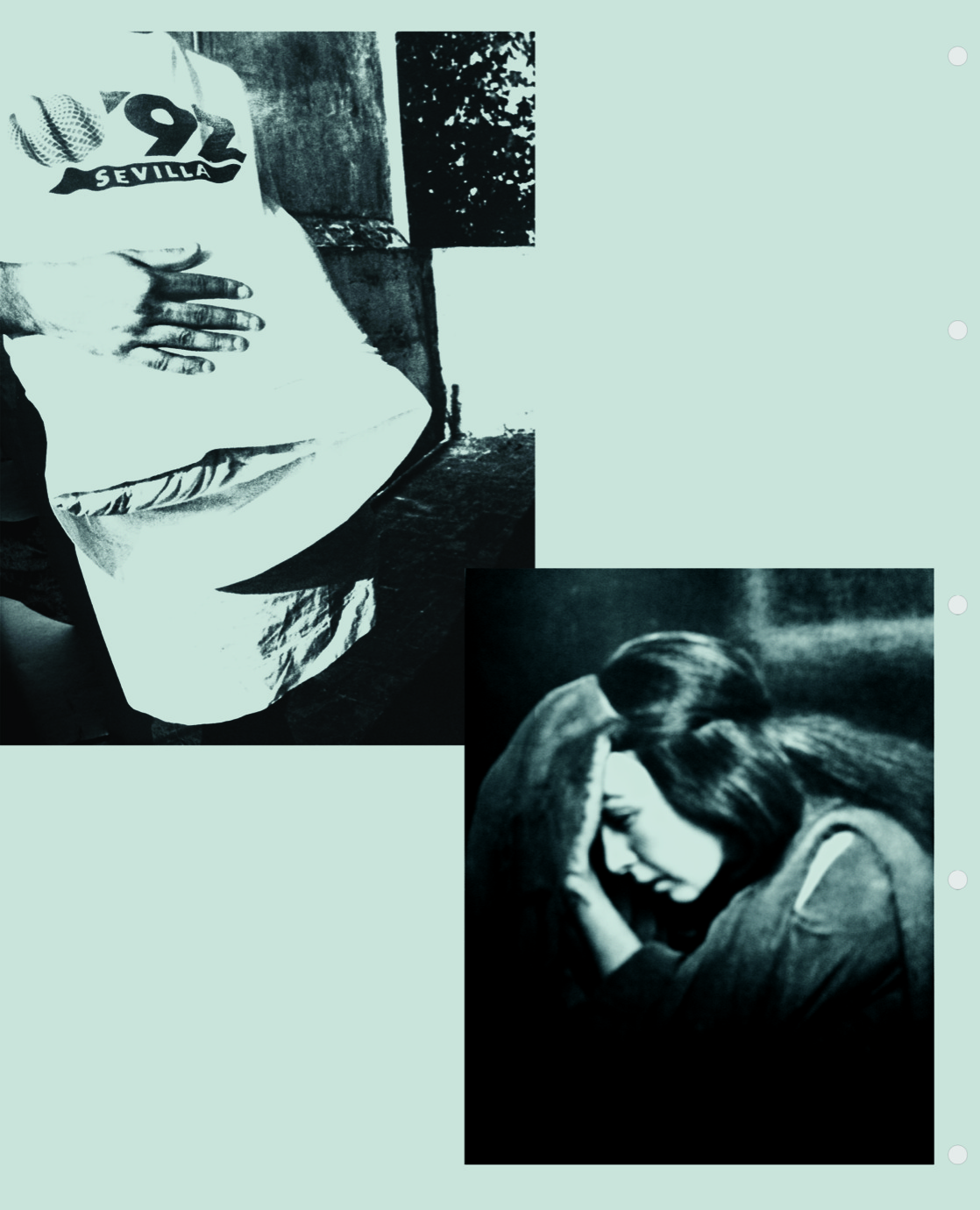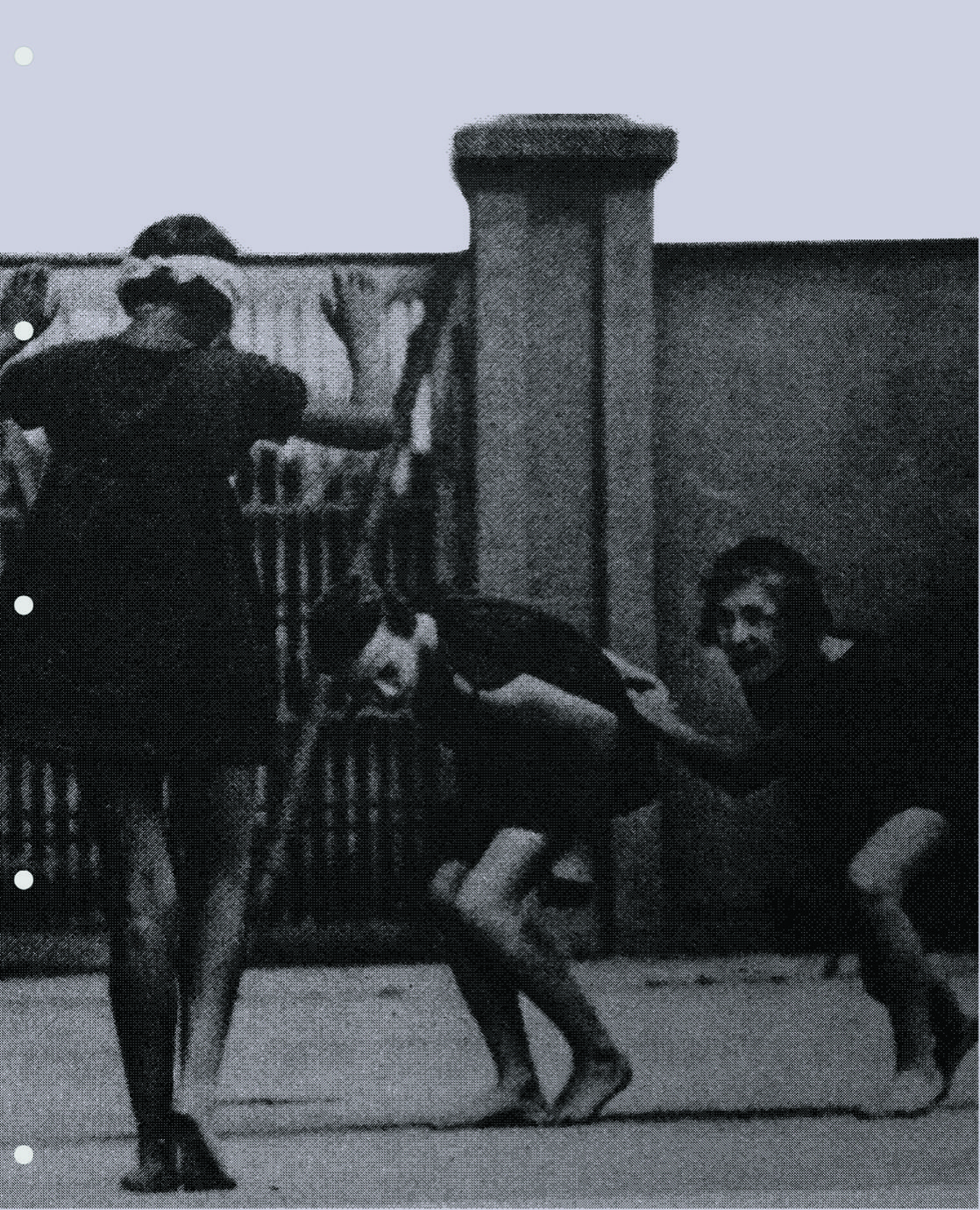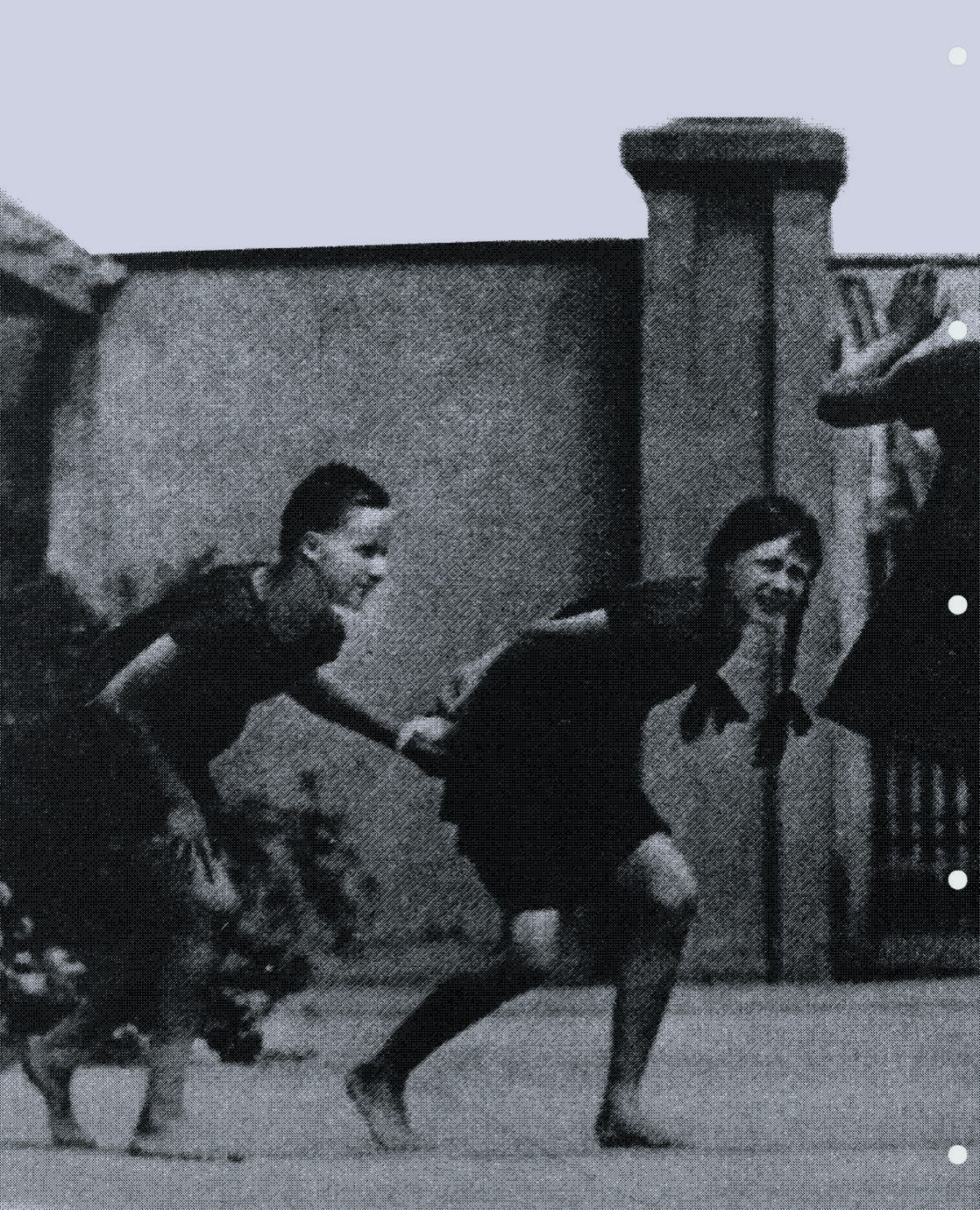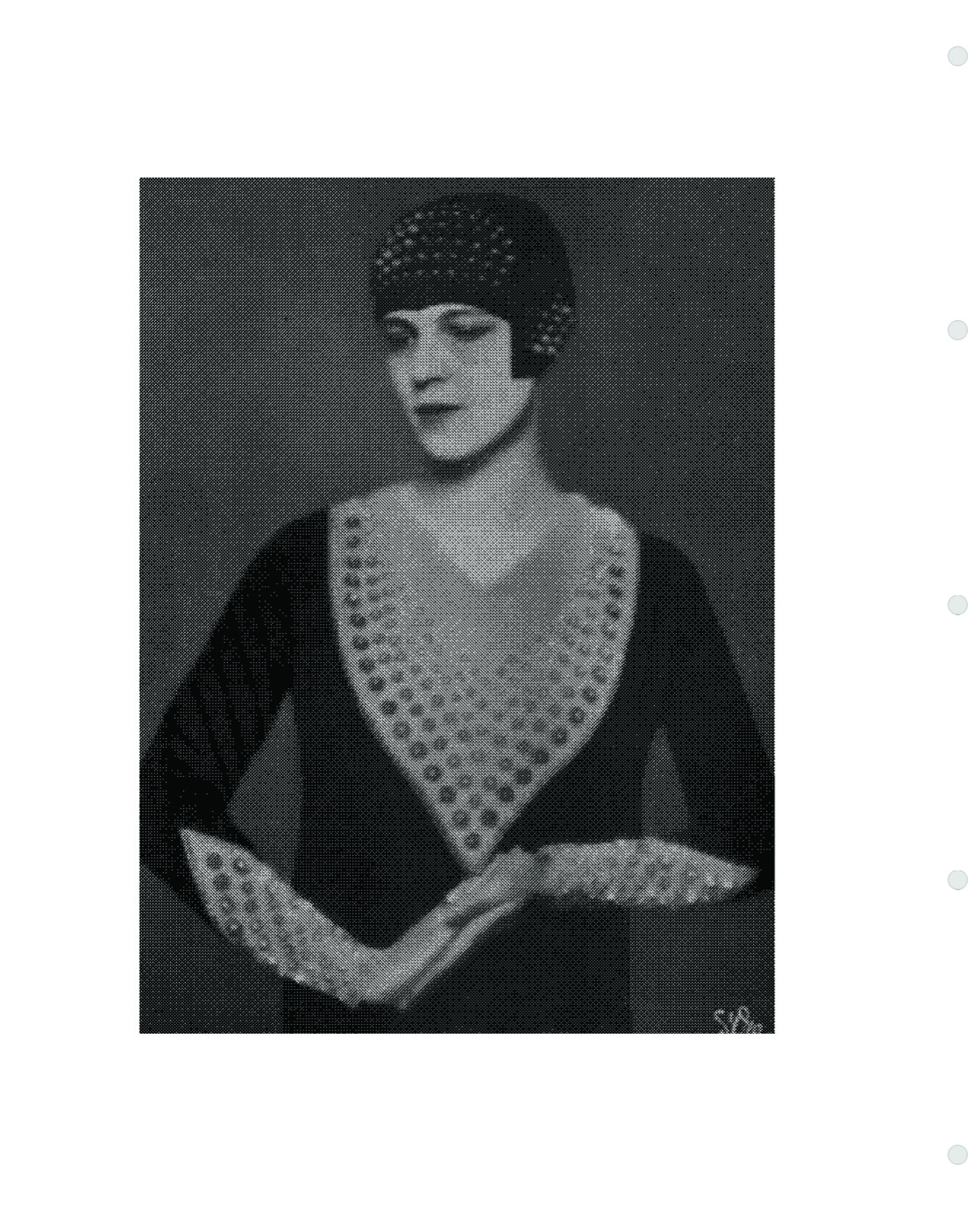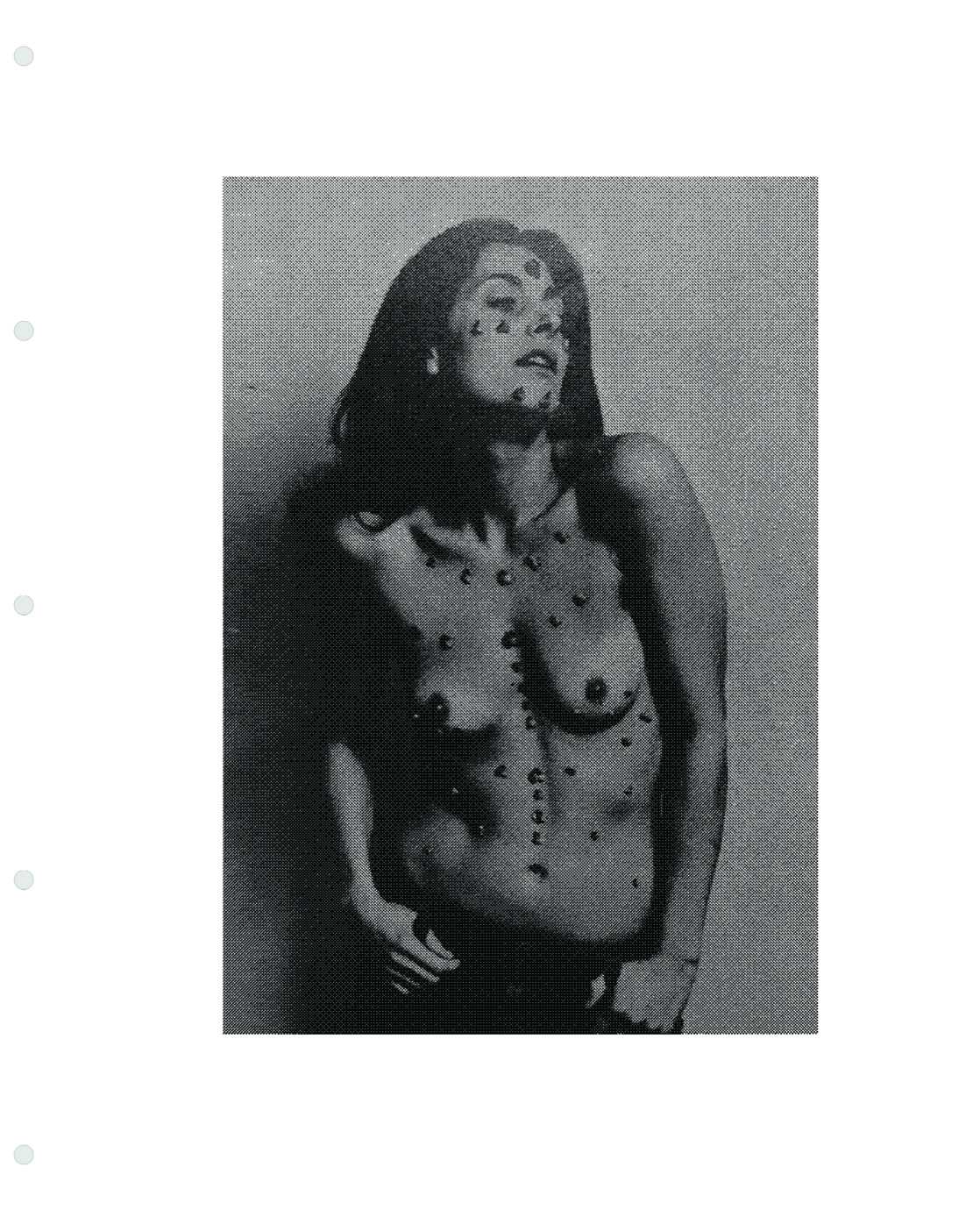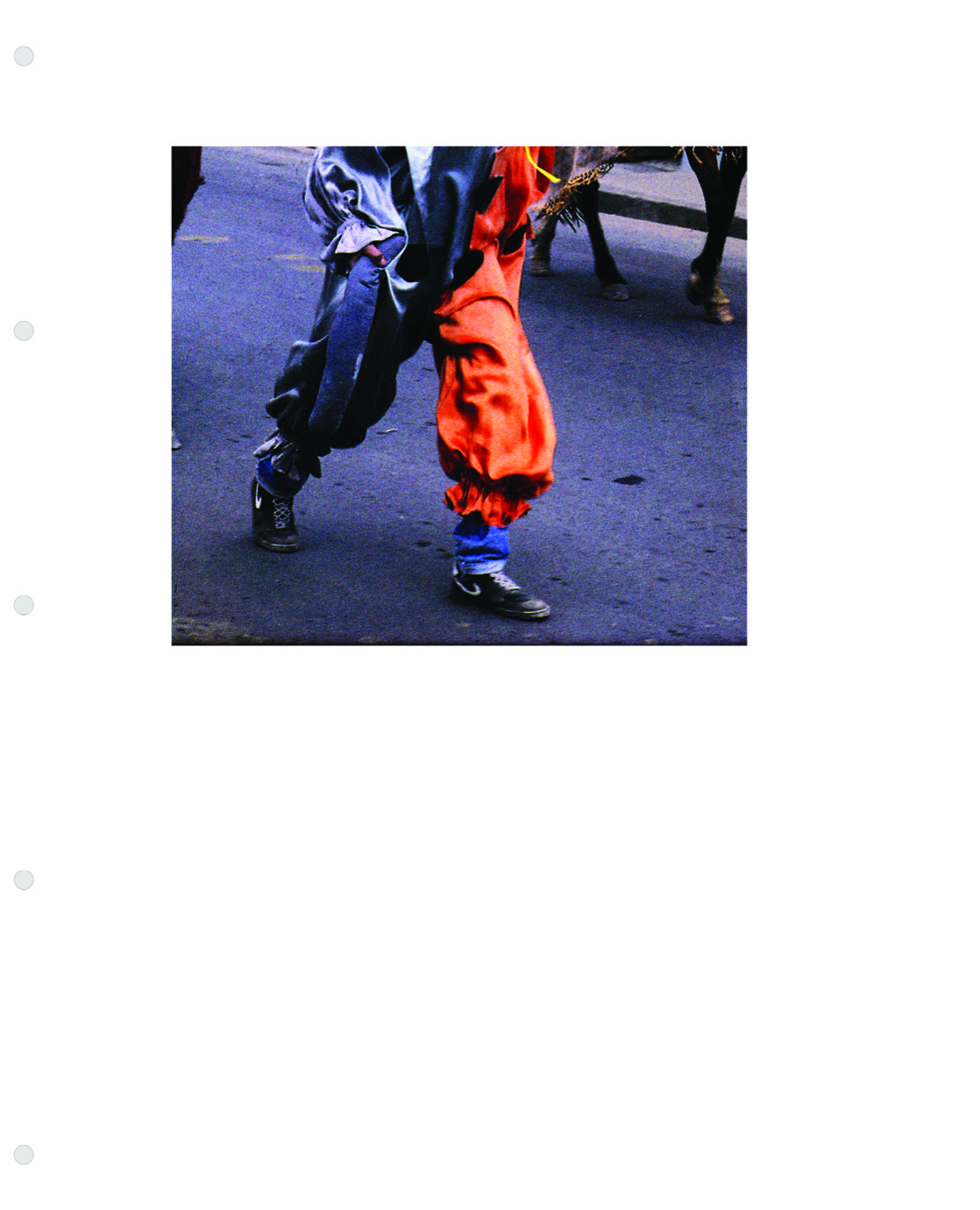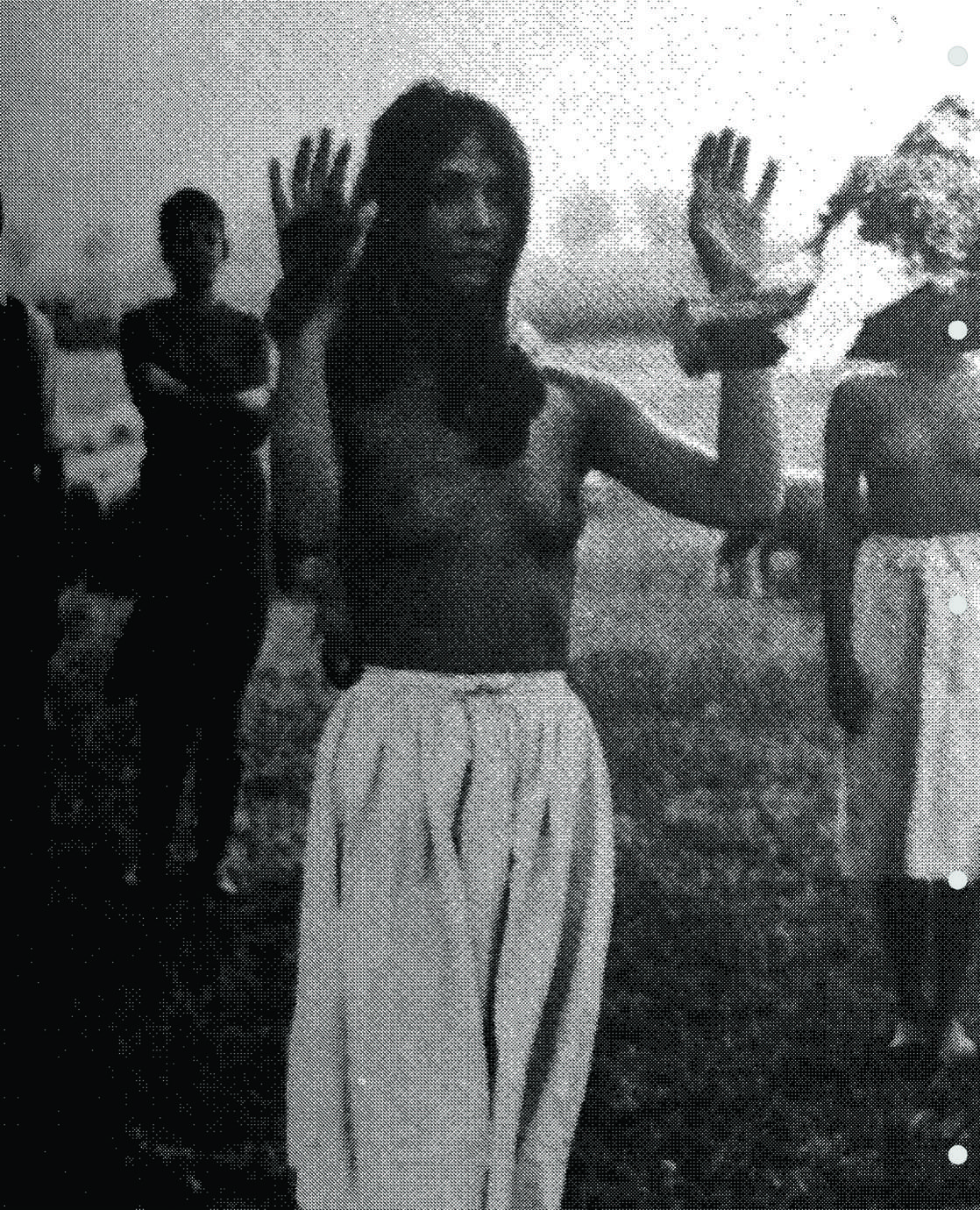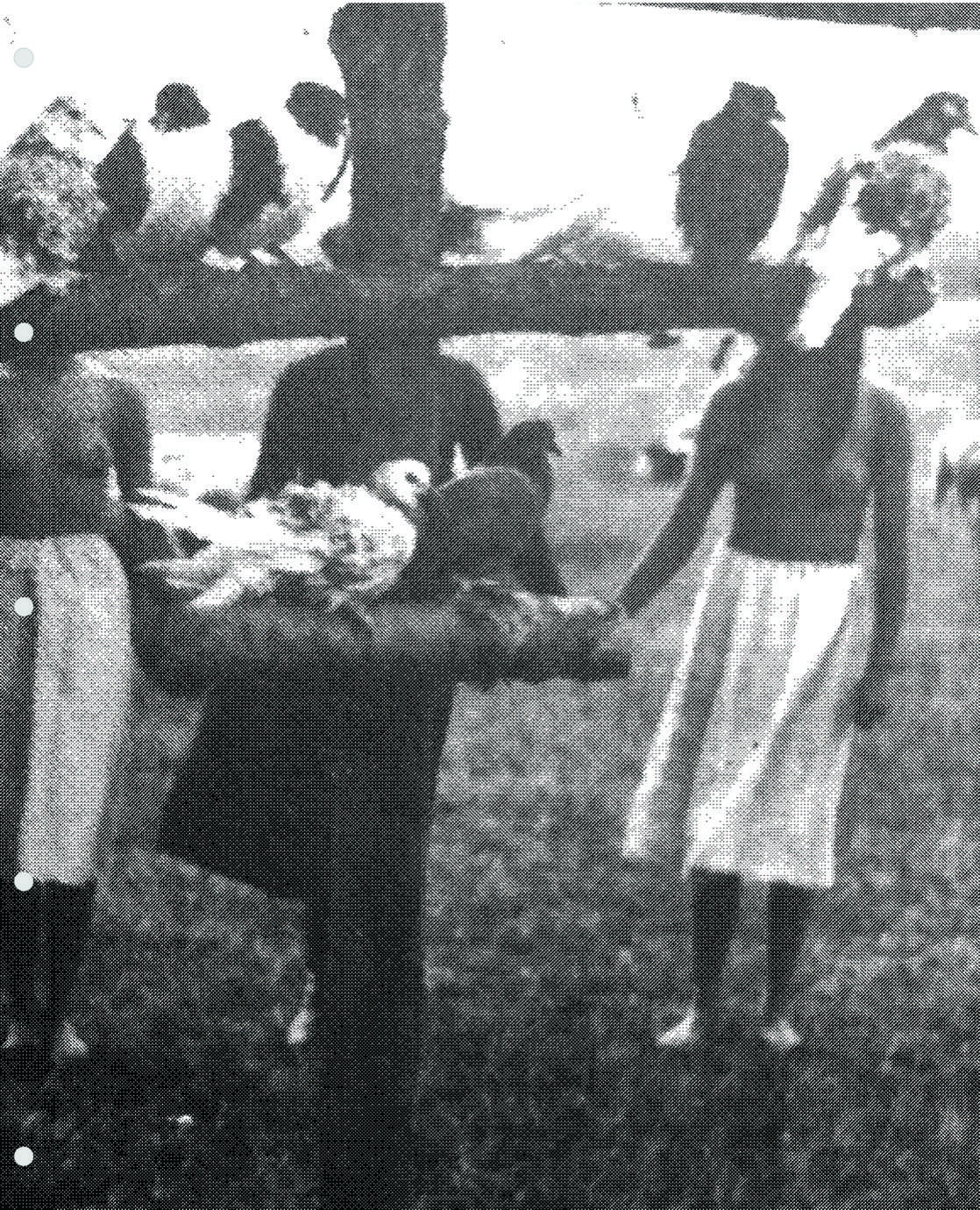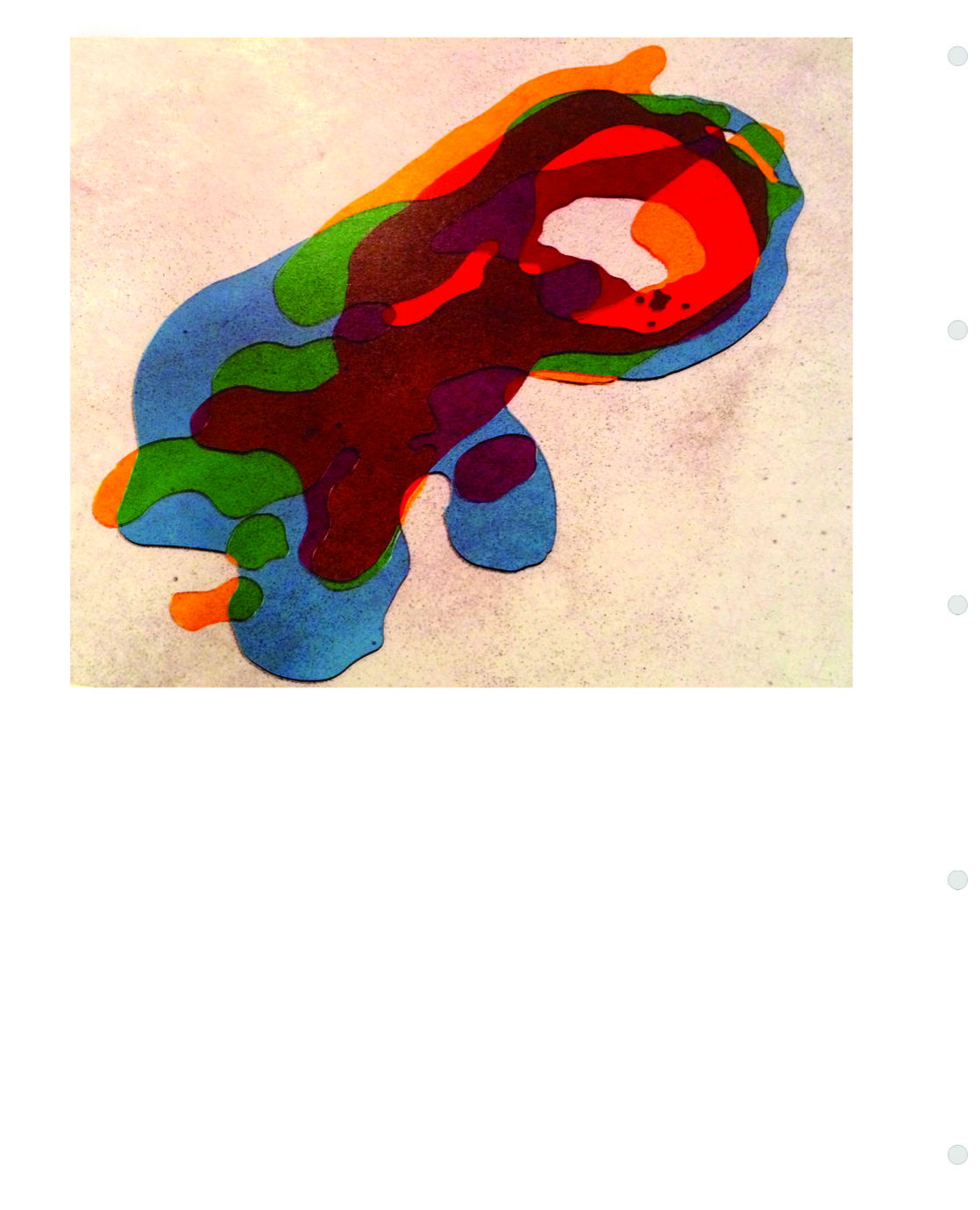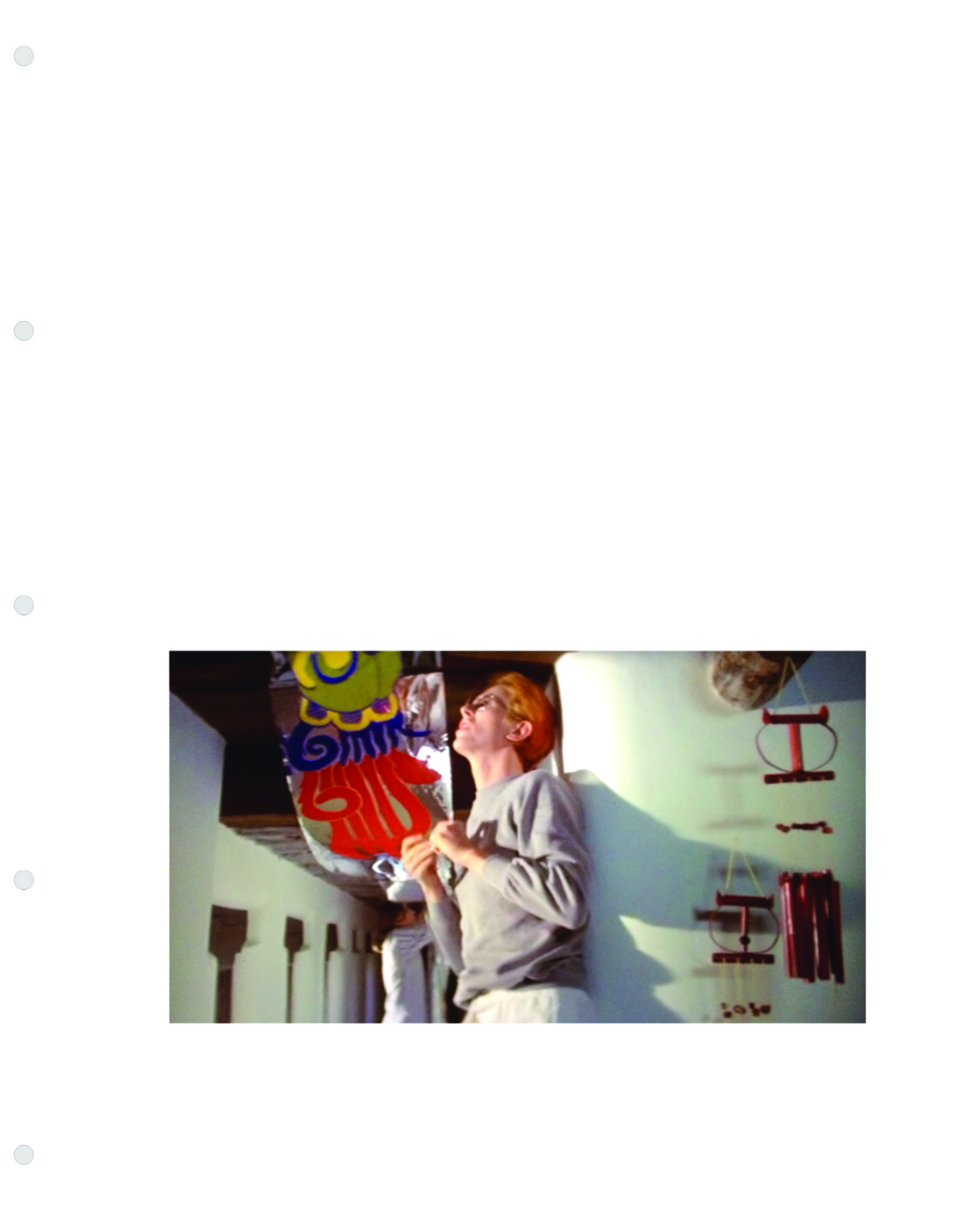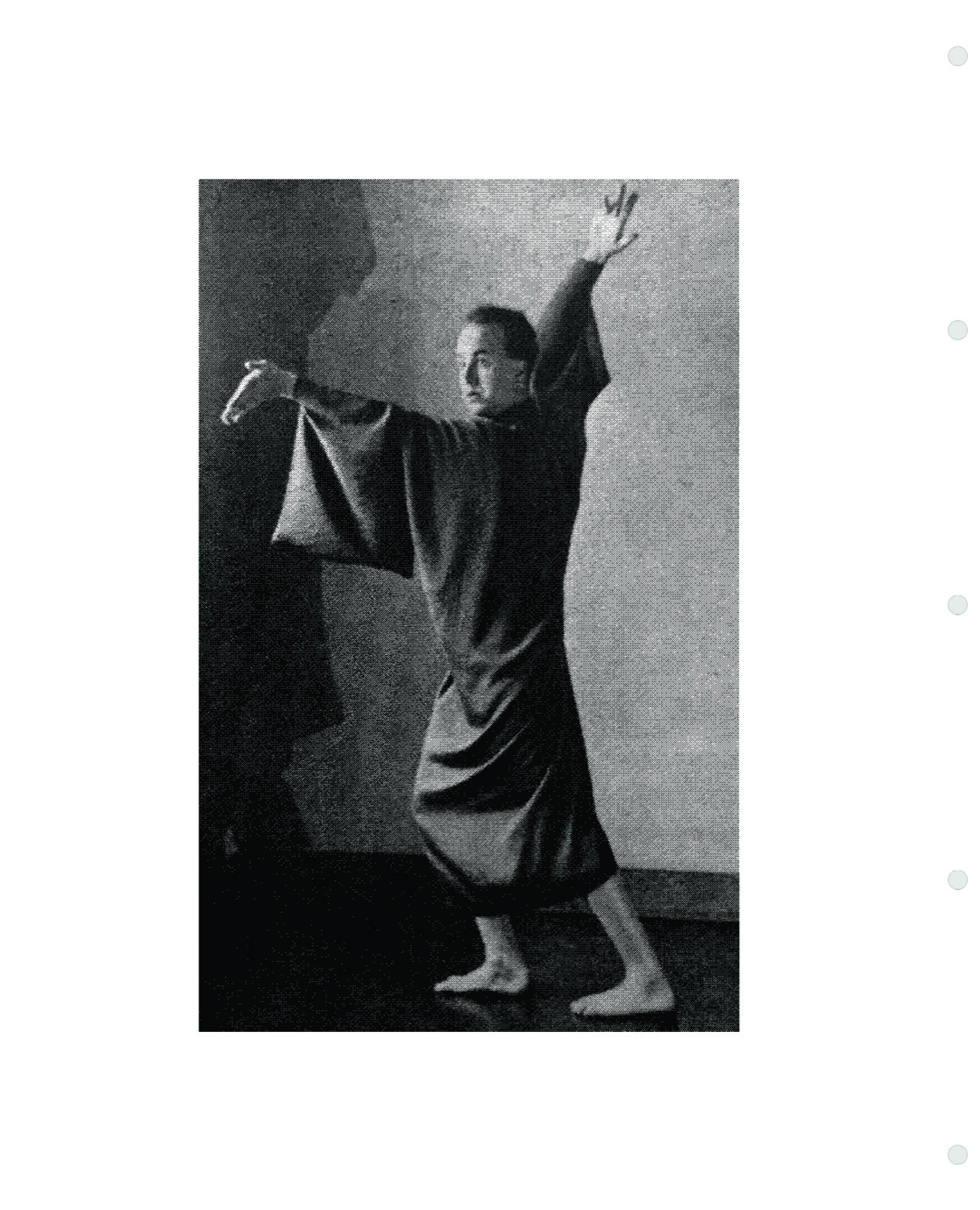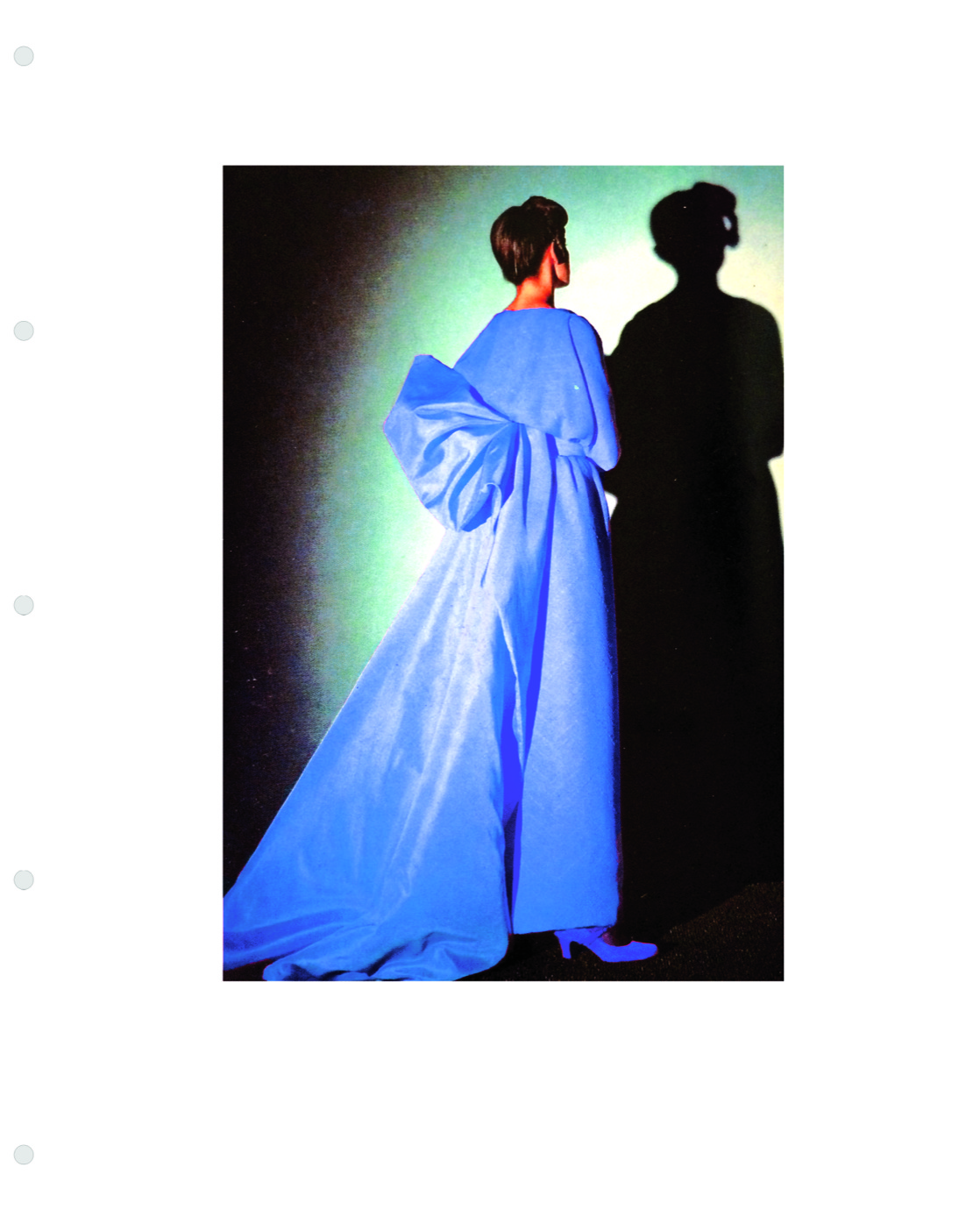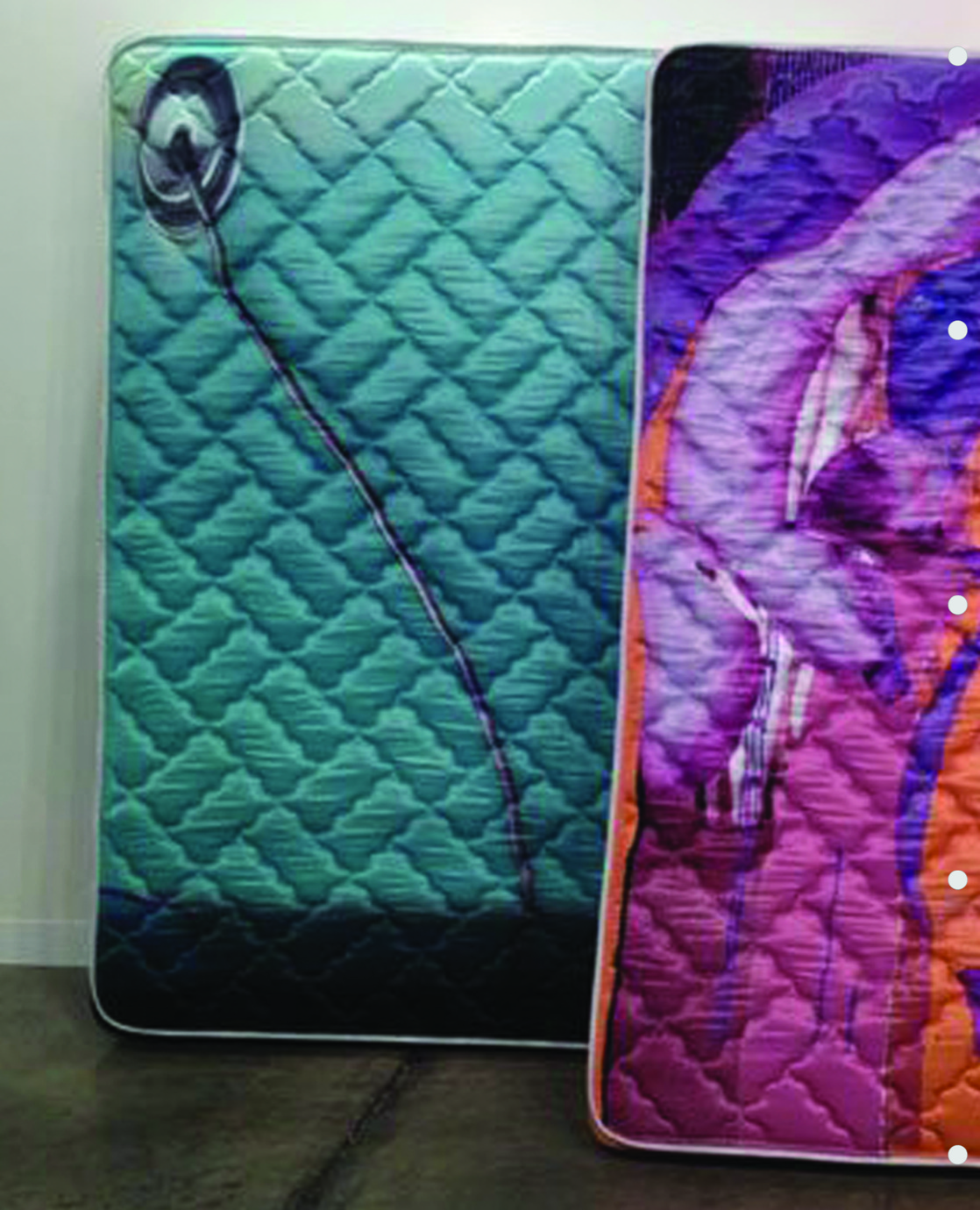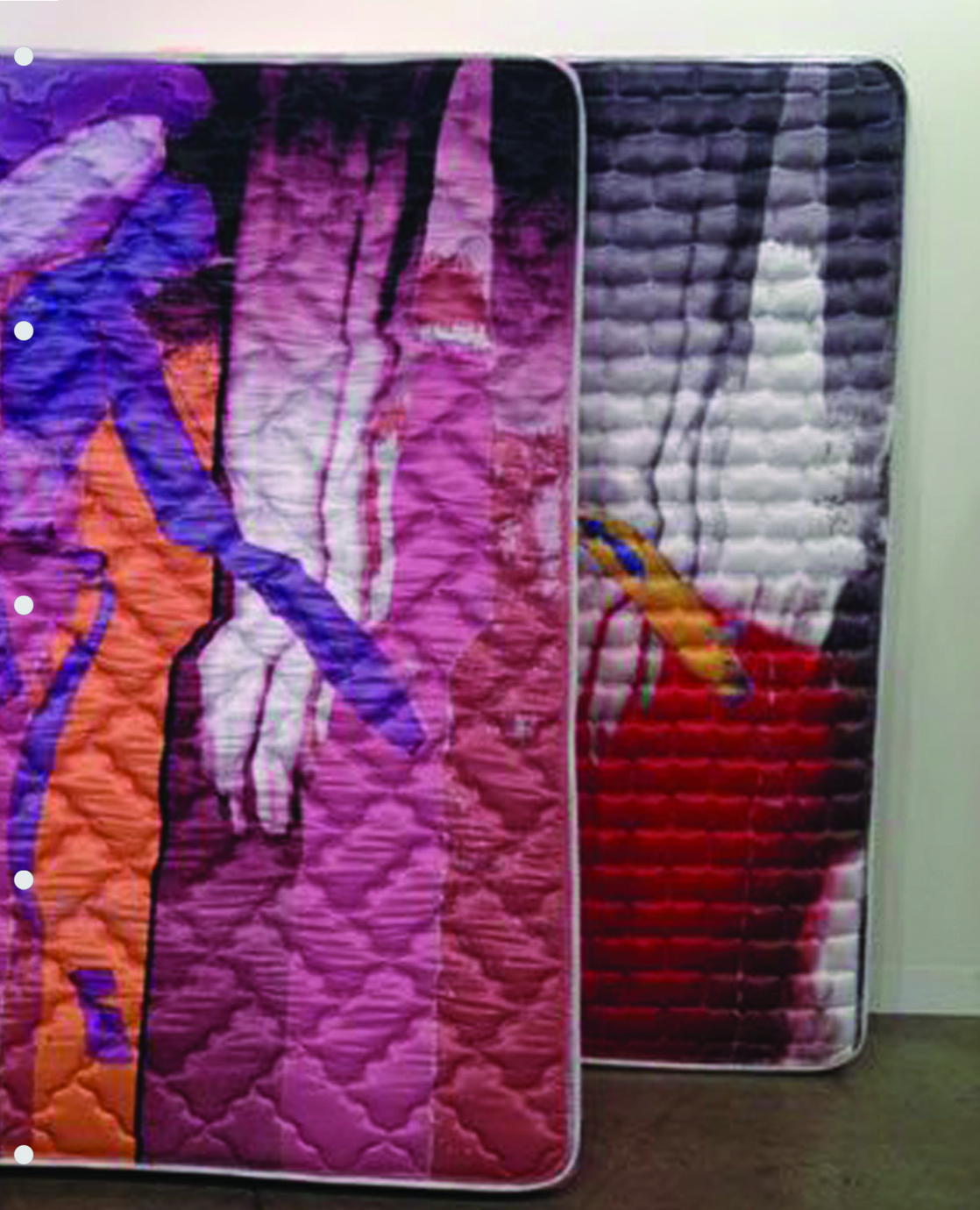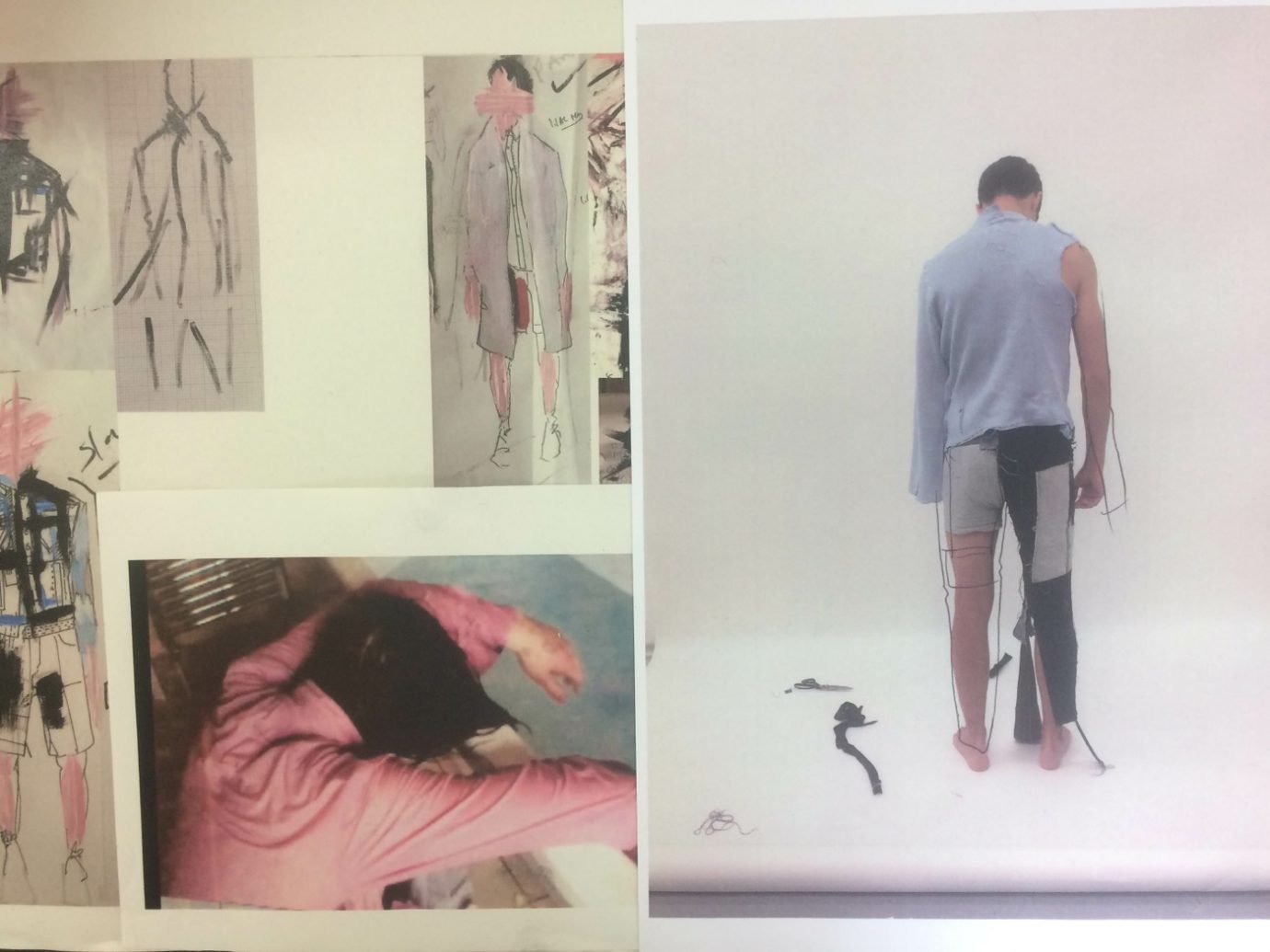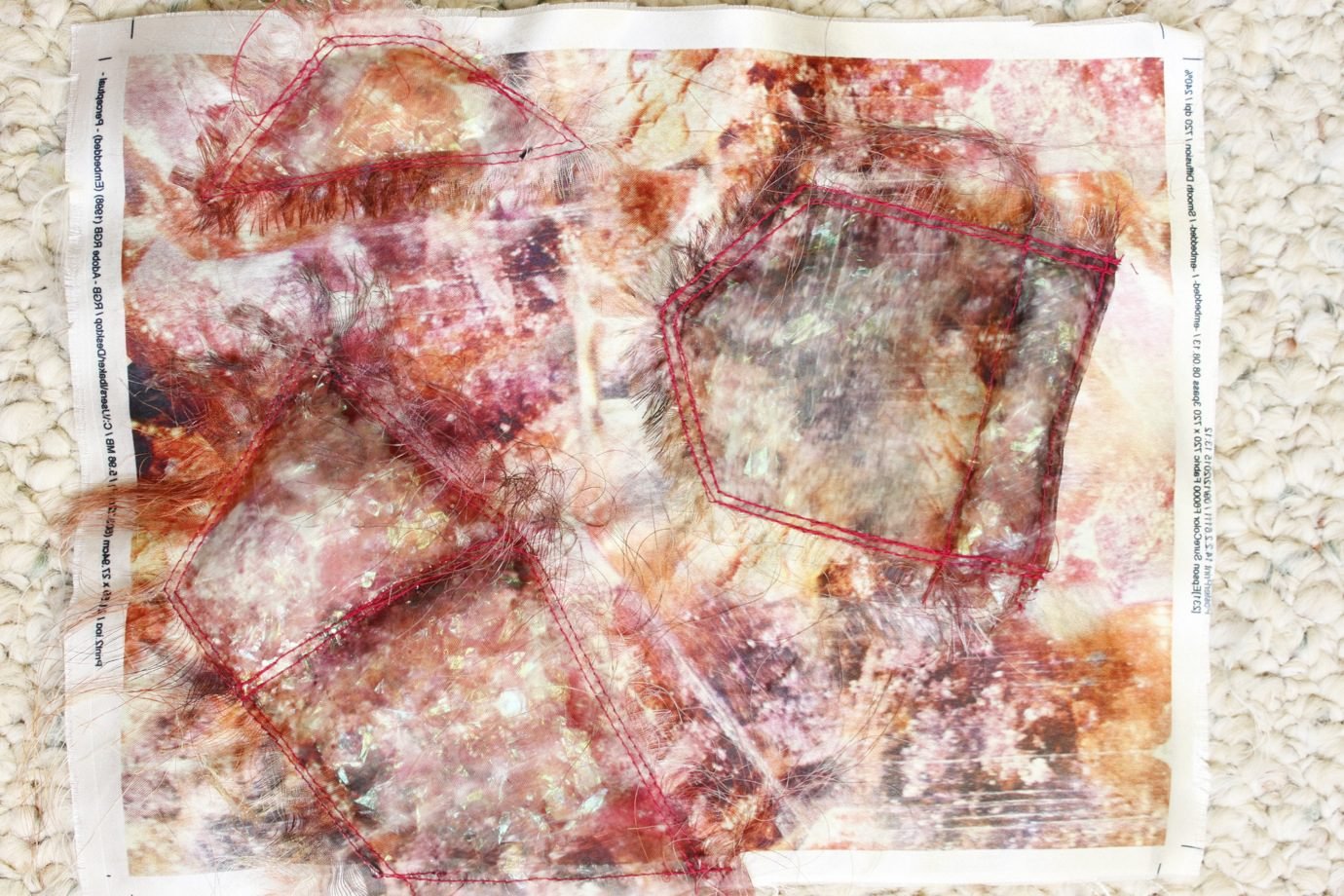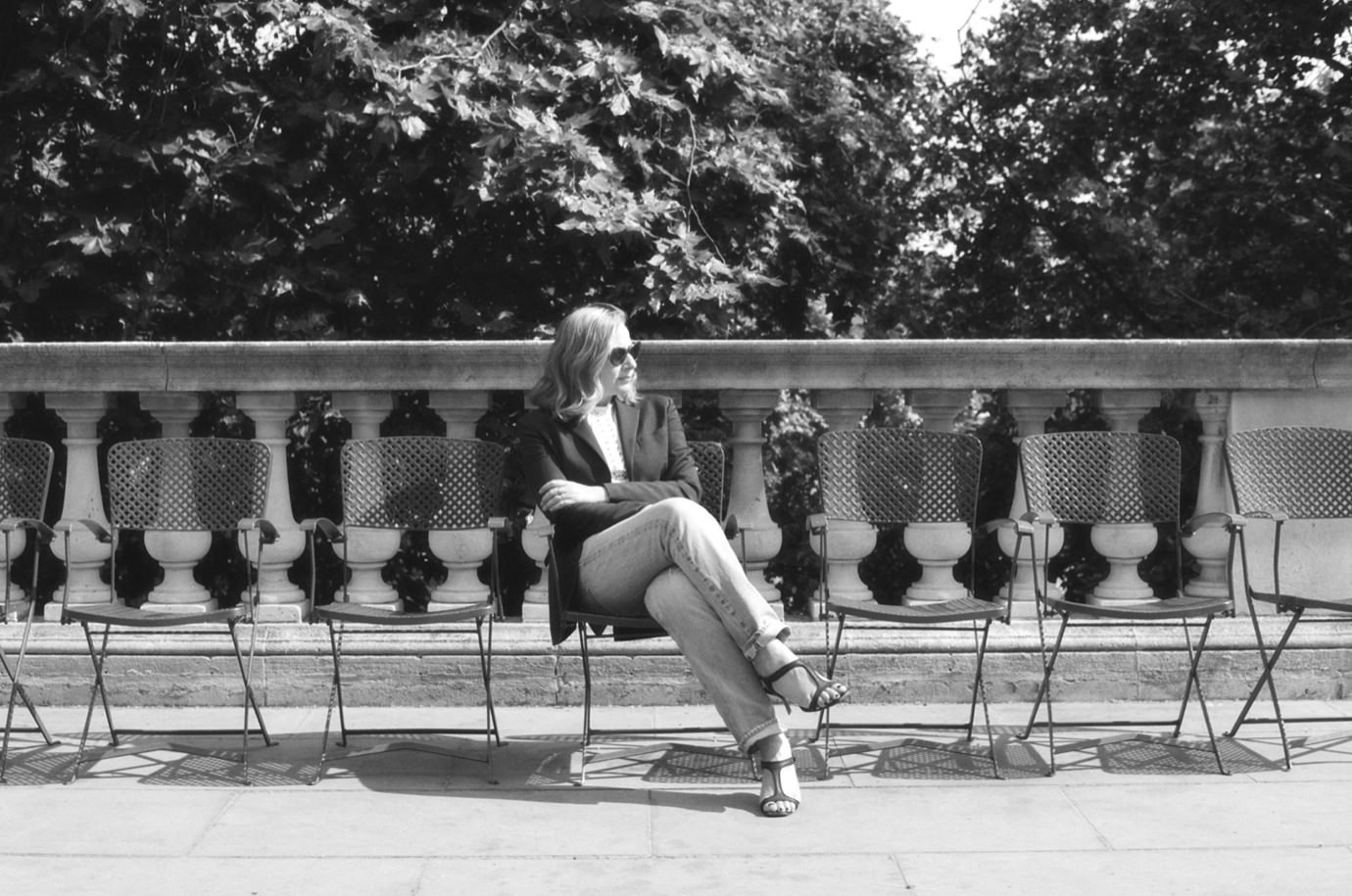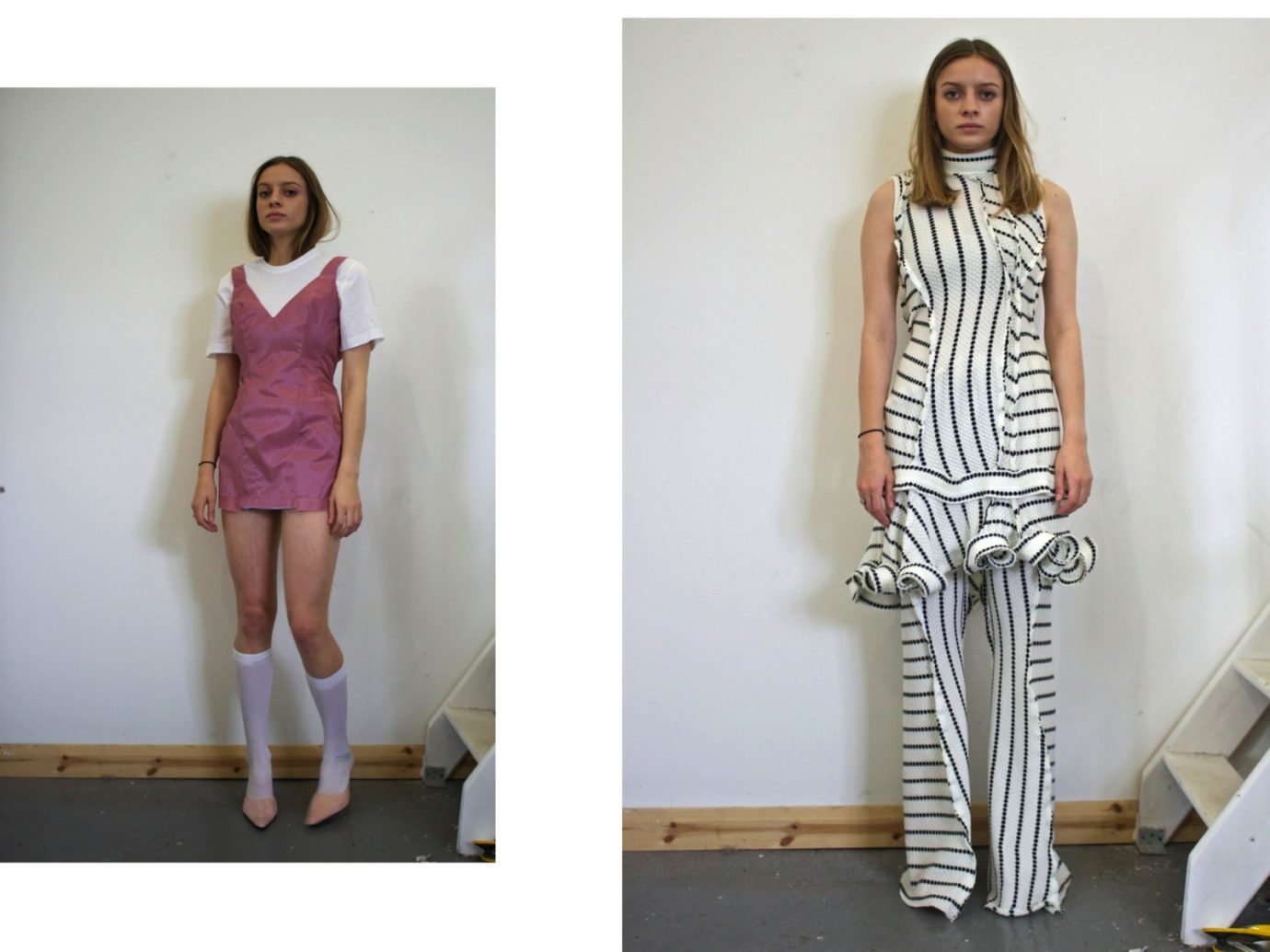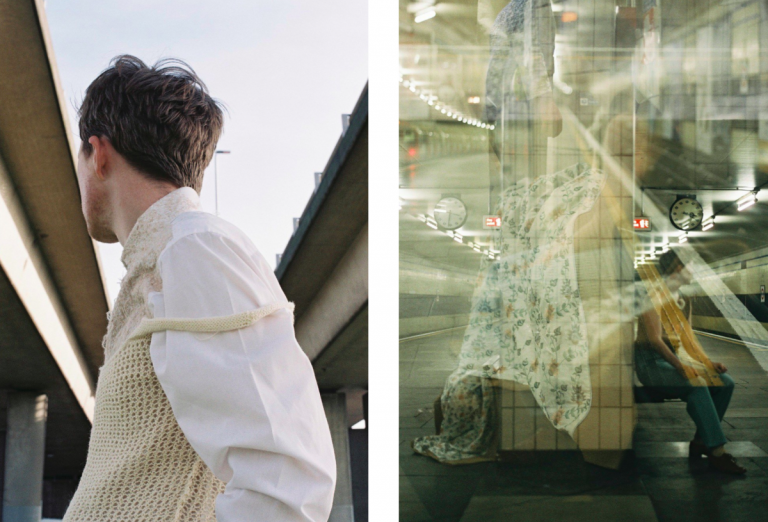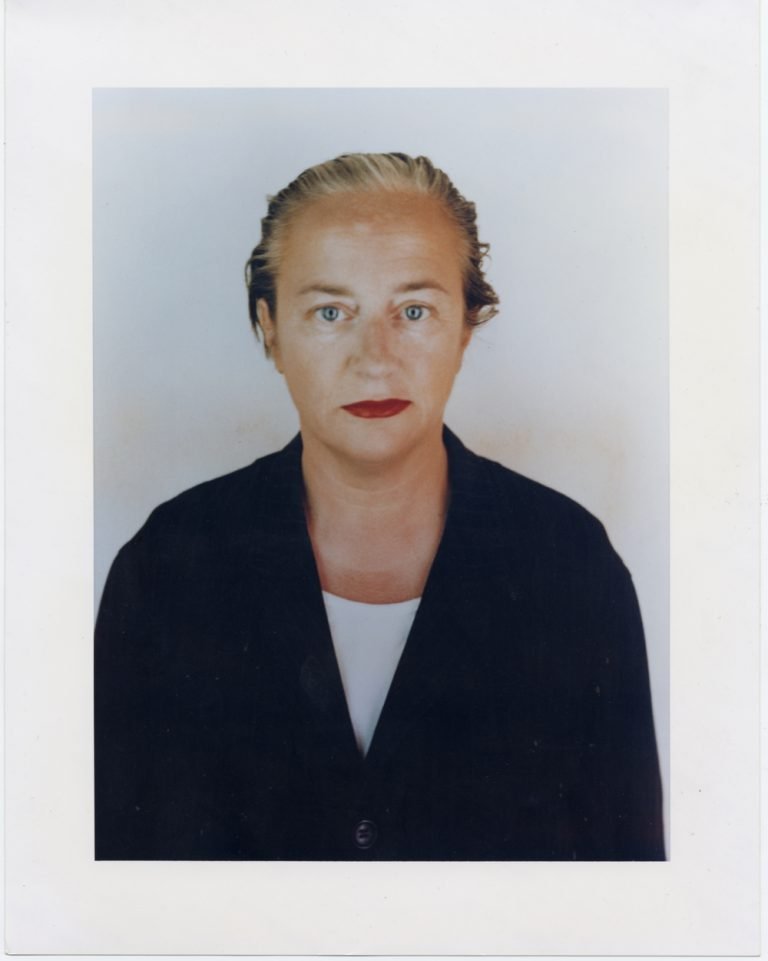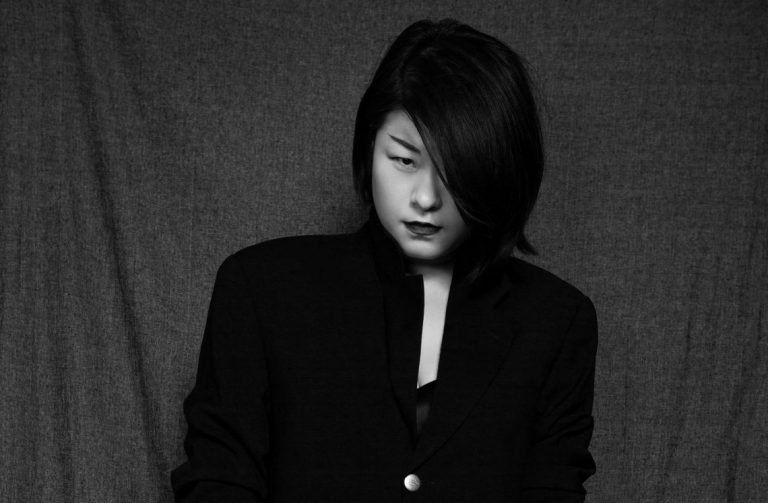Over the course of two months, thirty yards of brocade, and many, many cigarettes, I began to understand Alex in all his incredible complexities. He lives in East London in an old insurance office, but spends most of his days in the MA Fashion studio. His collection, based on ideas of truth, has taken found objects and incorporated them into standard garments. “I was collecting stuff and thinking, ‘oh, this is nice and oh, this is ugly. Ugly but interesting.’” Beat up Levi’s and vintage curtains mixed with images from the 20s, medieval costumes and 80s naff (tacky, but tasteful: think Saint Laurent AW16). He reminisces over times of padded shoulders and twisted silhouettes, which materialized in flowing velvet gowns with exaggerated, embellished necklines.
These references span centuries but are laced together by Alex’s emotion. When shuffling through his portfolio, I can feel the intimacy he shares with each image, scrap of fabric or rope. We talk magic, a buzzword for his collection. “Dressing really changed something with me,” he says. “This collection is so much about that: the magic of getting dressed. I want to infuse this kind of ritual into the garments, because for me there is this ritual in getting dressed and in that, you kind of become something.” This is where the clothing gets intertwined with the personality. His look, and he certainly has one, is a perfect balance of private and public self. “It’s becoming something in the moment together within your ensemble. Don’t you have that feeling when you know everything is right? For me that’s a kind of magical experience, a religious experience.”
Aha! There is no missing the honesty in his spiritual references. His inspiration is saturated with the idea of truth. It is personal and spiritual, going back to his childhood and the idea of staging himself. The garments themselves have a quite theatrical quality. Misconstrued as costumes, the clothes are rather transformative catalysts; when in them, you become someone else. For Alexander, he becomes himself. Each piece composes part of a look, and each look is worn with the security of perfect balance. It’s a symbiotic obsession between Alexander and his clothes; one does not exist without the other. As an extension of himself, you really only understand the two identities when they are together.

